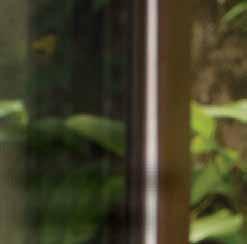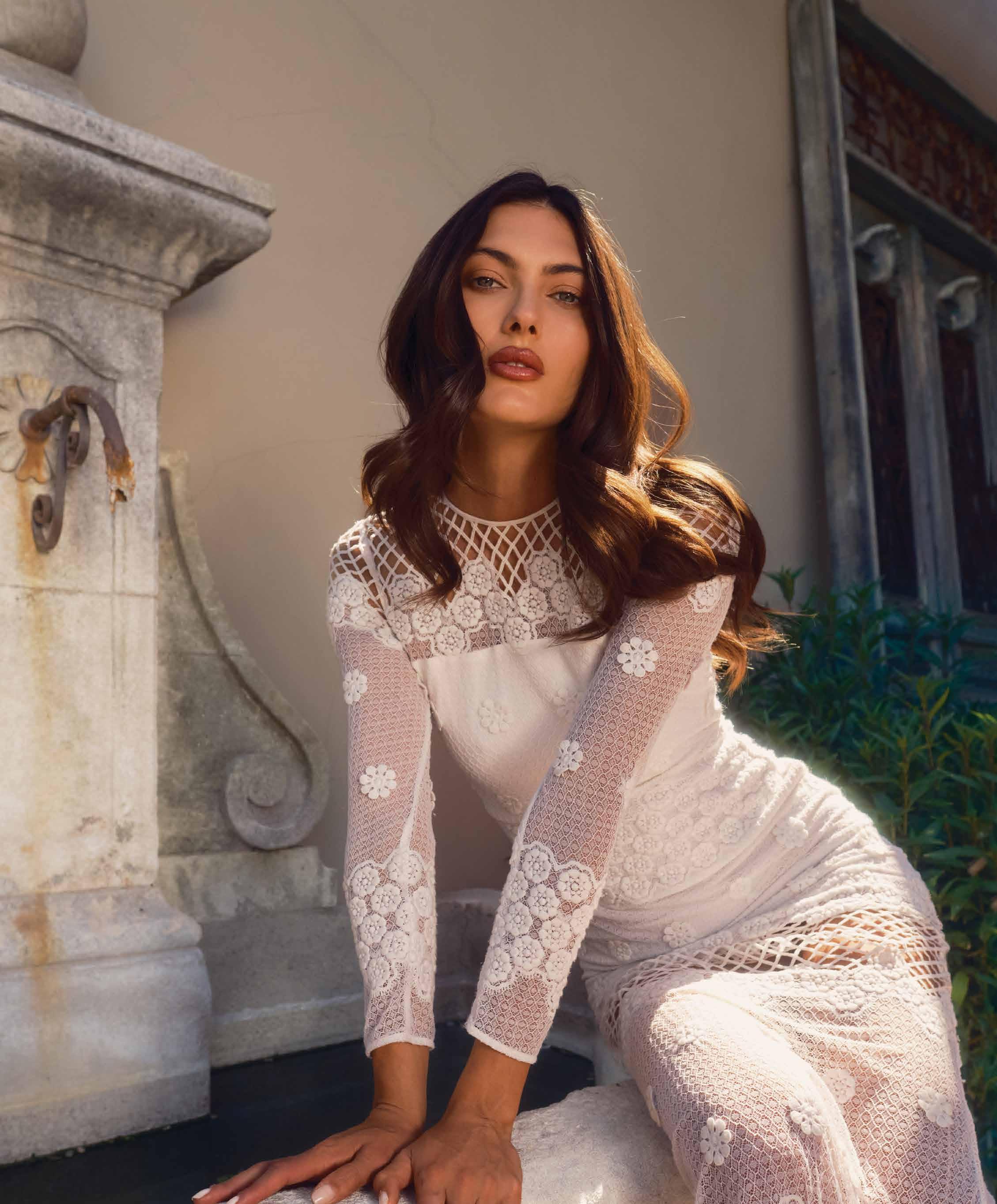
Live Beautifully



Live Beautifully




















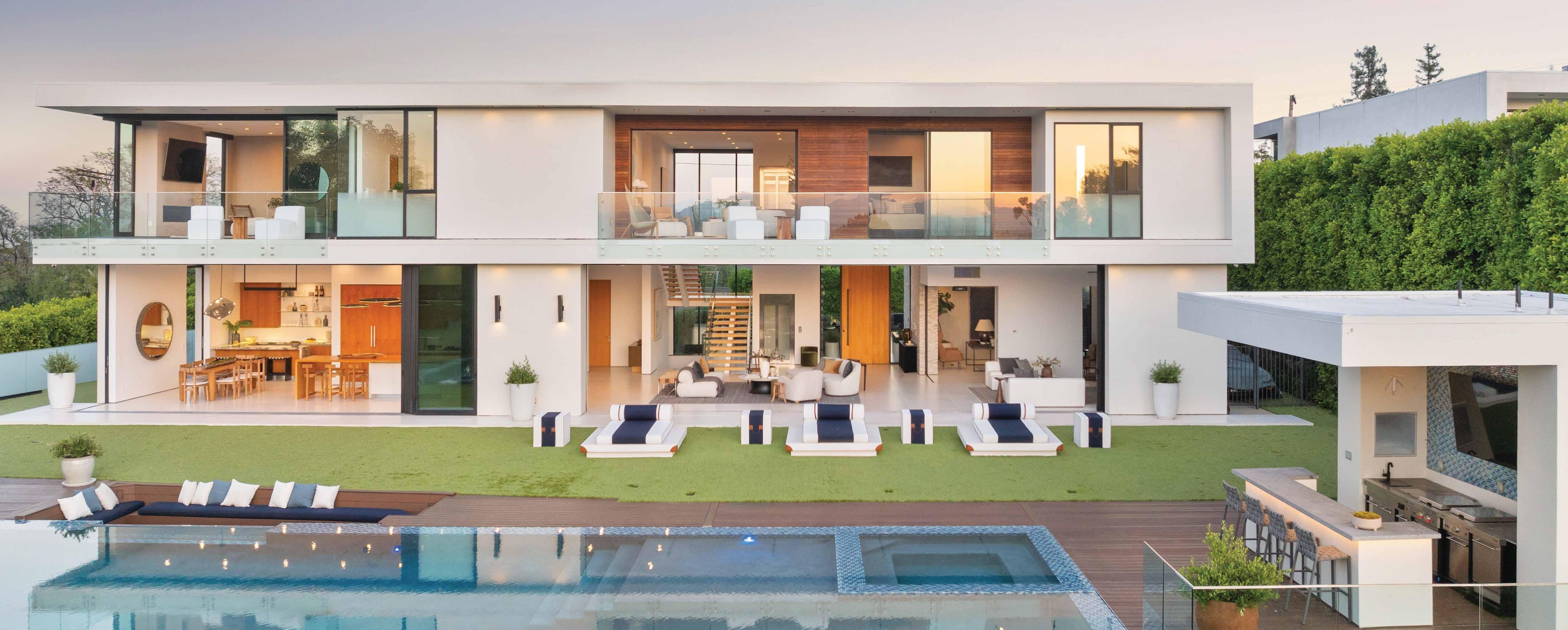






























































Designing Homes For Inspired Living.









T THE COLLECTOR’S HOUSE WE BELIEVE HOME IS OUR SANCTUARY WHERE THE MUSIC OF LIFE BEGINS WE BELIEVE OUR DREAMS KEEP THE BEAUTY OF LIFE DANCING AROUND US WE BELIEVE THE RELATIONSHIPS WE BUILD TODAY WILL ENHANCE THE QUALITY OF OUR LIVES LOCALLY AND ABROAD FOR THE BET TERMENT OF TOMORROW WE BELIEVE IN HOME
WE BUILD AND THE BETTERMENT


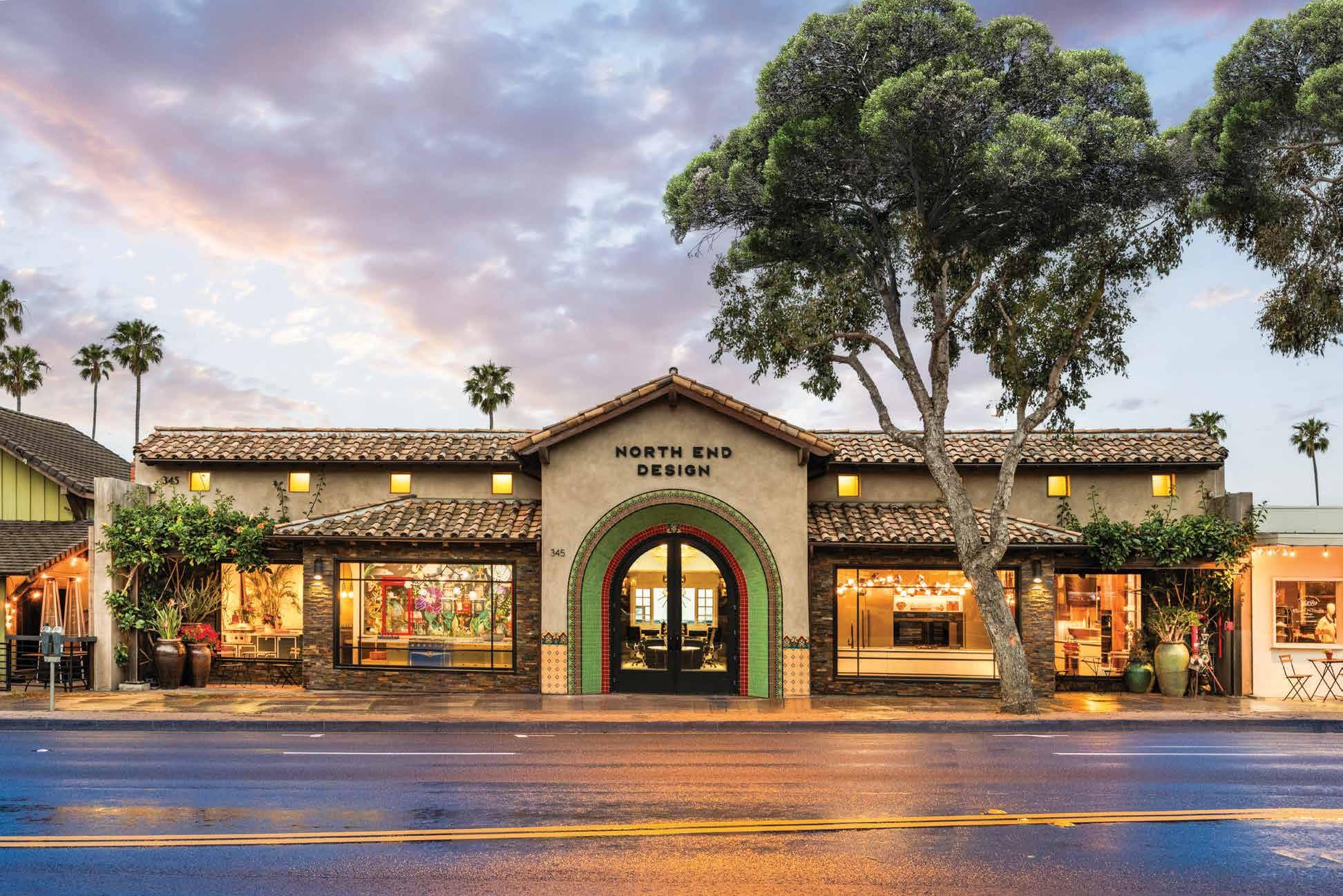


















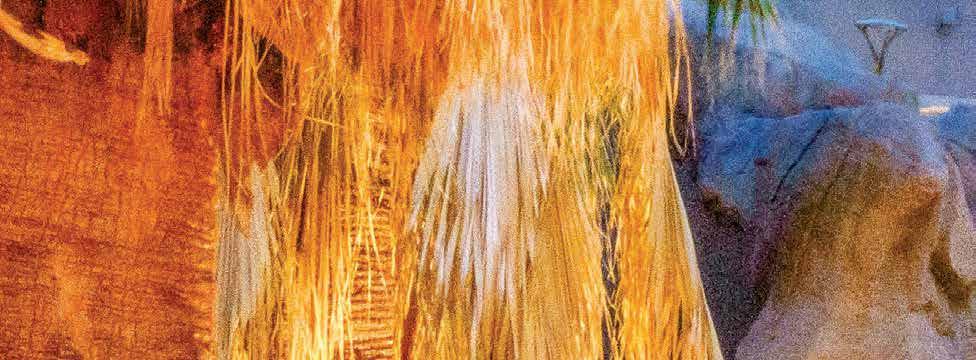











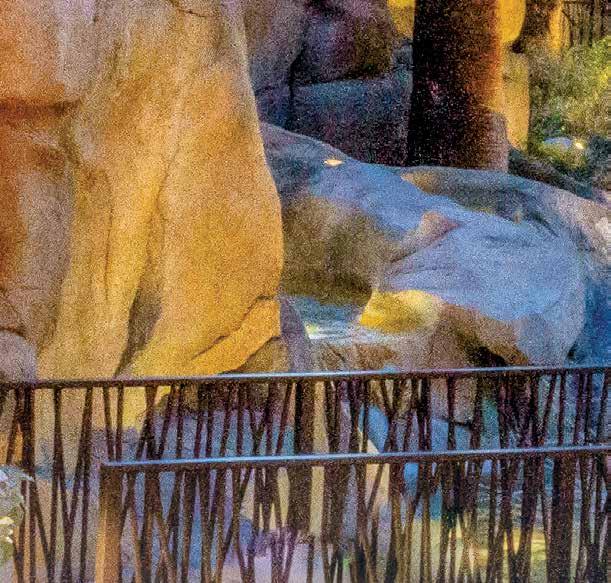
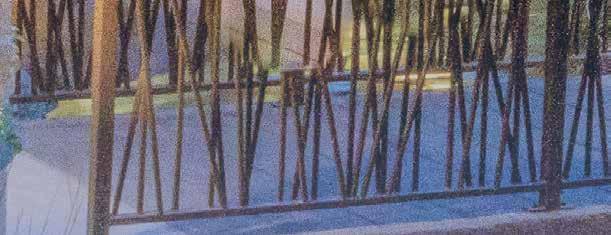


































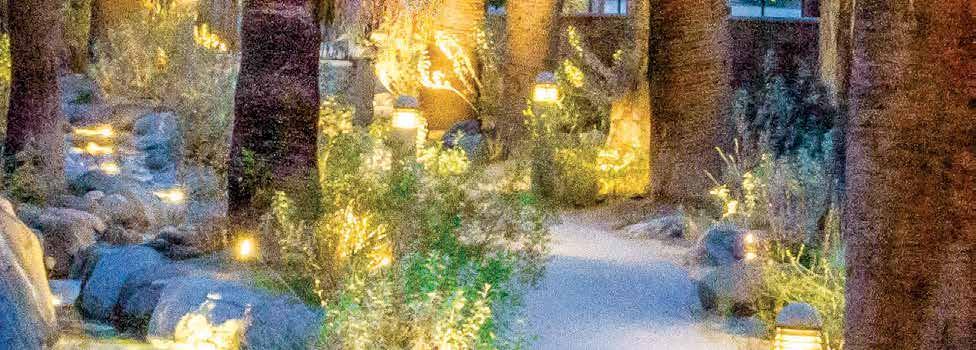
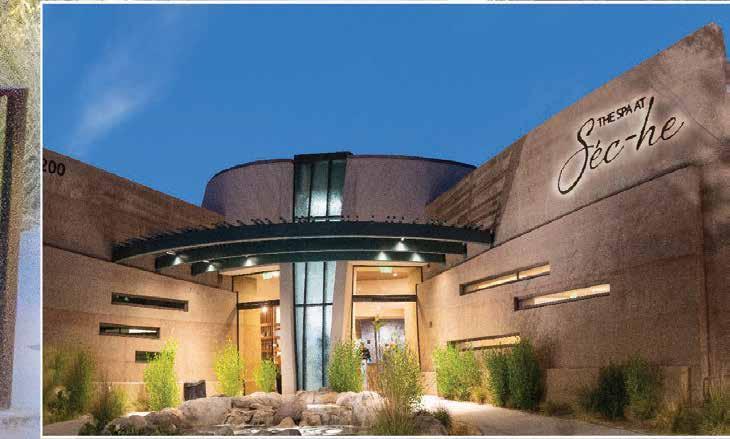









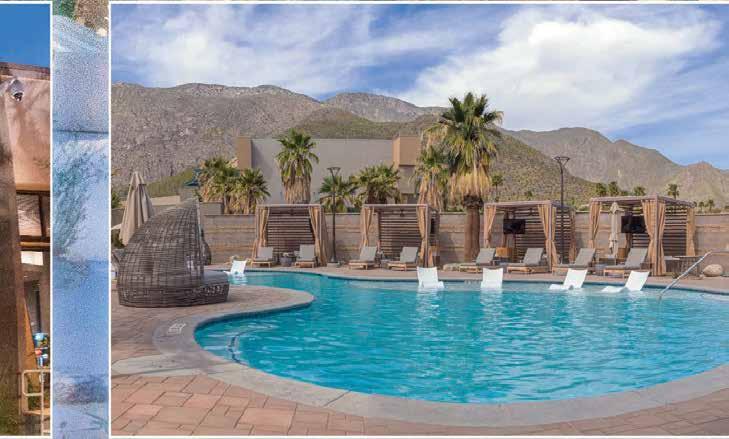








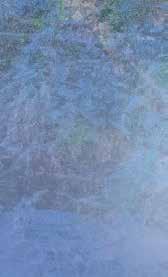
















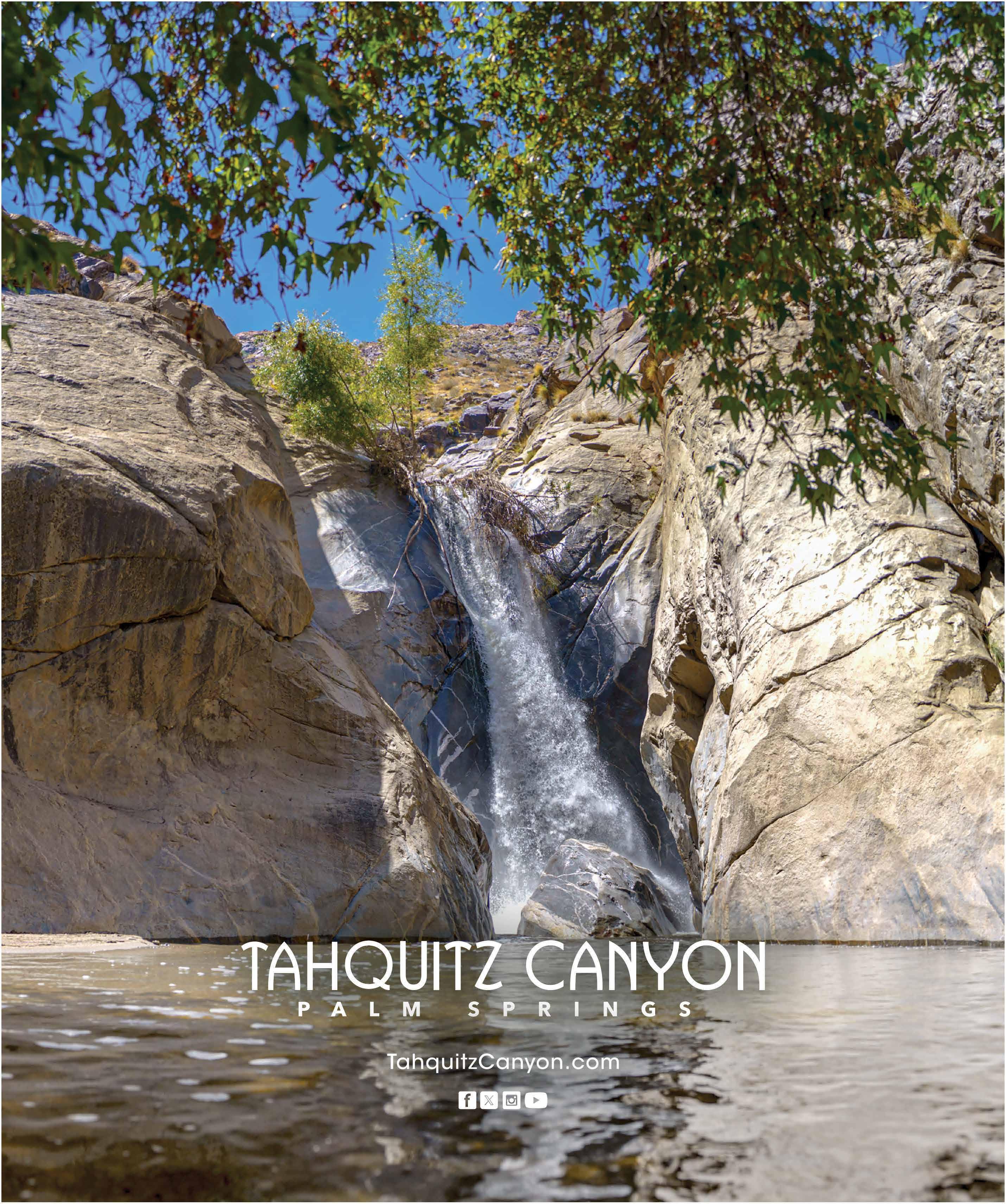
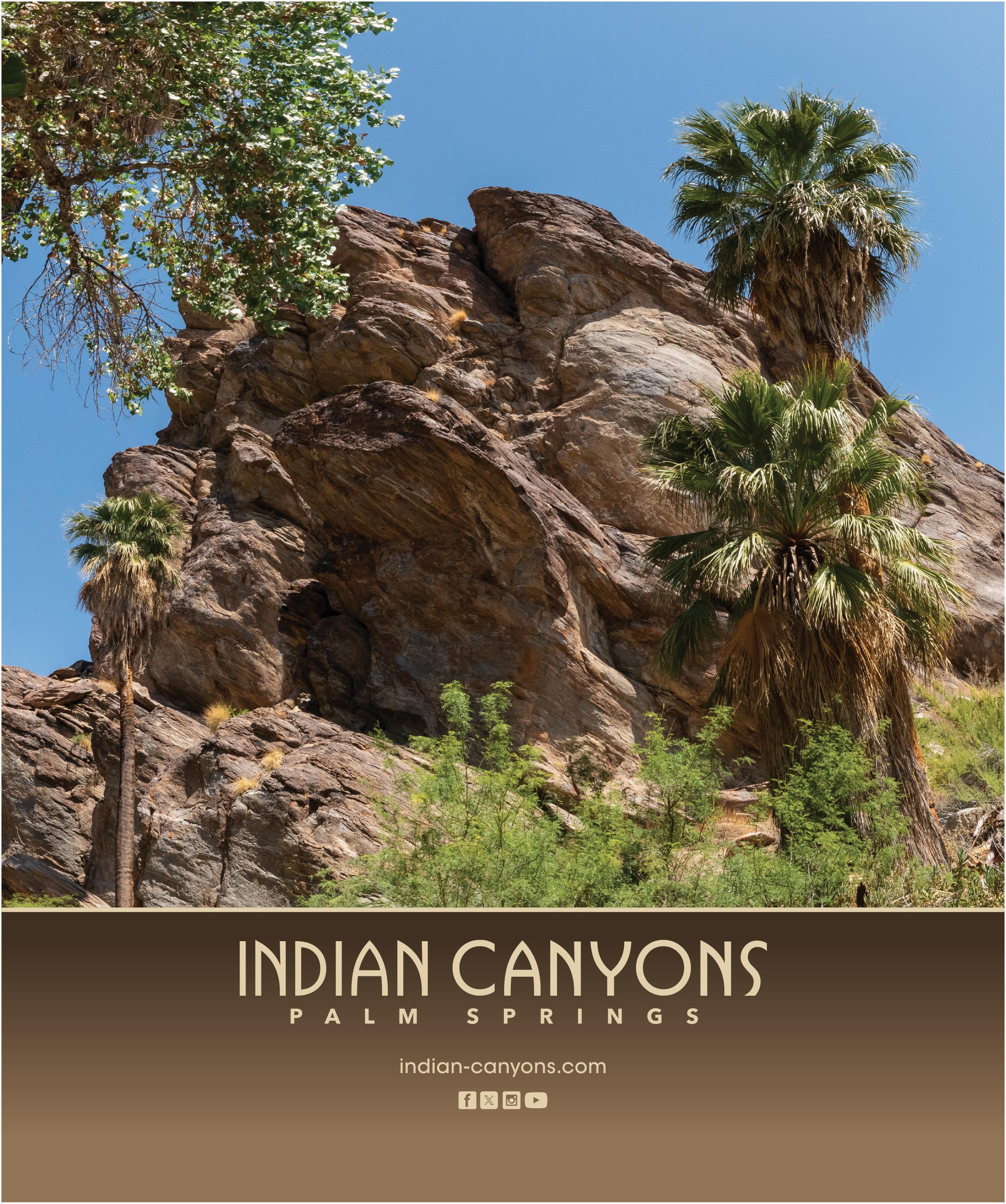
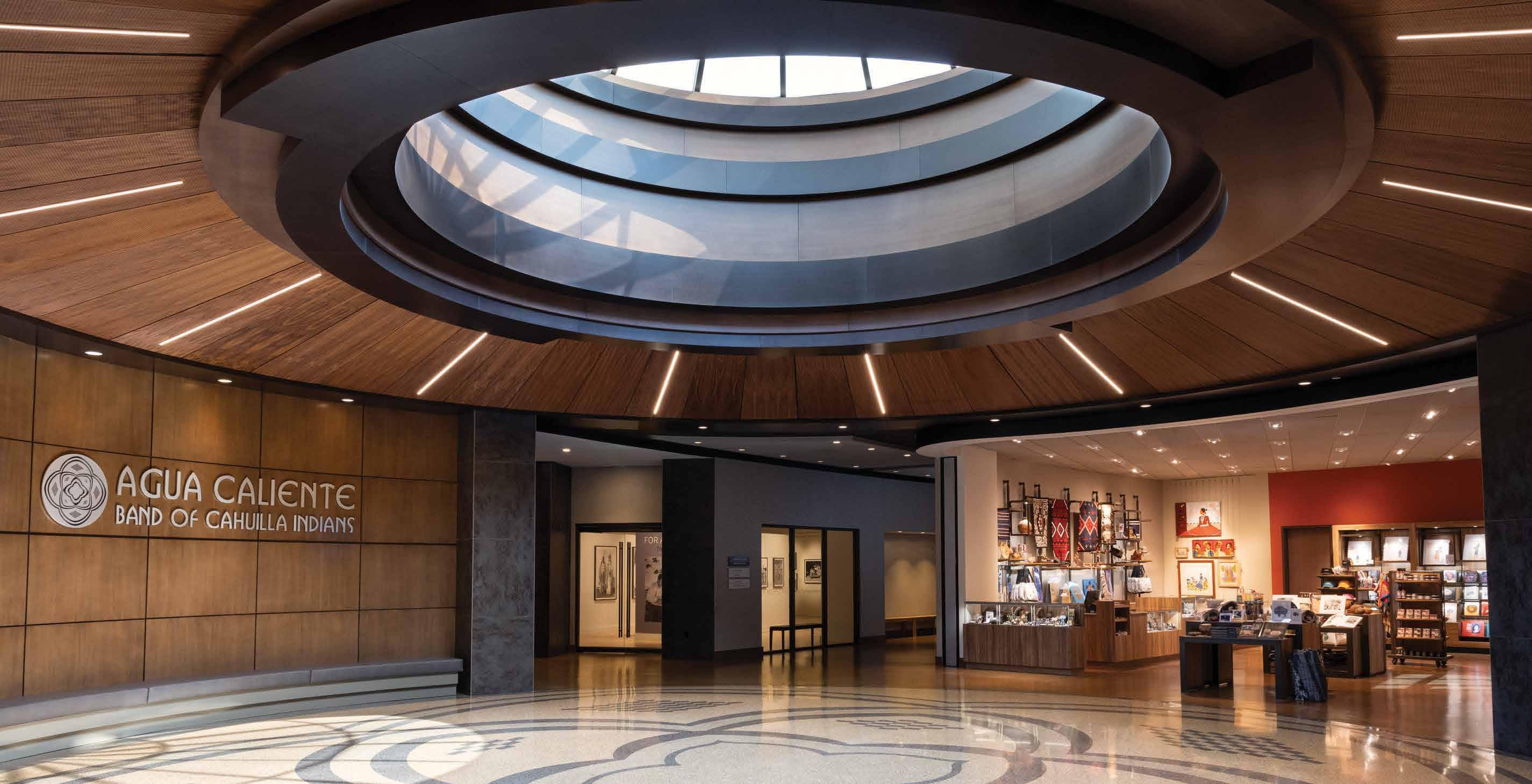
At the Agua Caliente Cultural Museum Store, thoughtfully selected items reveal a moment of Native tradition and perspective.
By Lisa Marie Hart
Photography by Ethan Kaminsky
Peering through the glass entry doors leading into the Agua Caliente Cultural Museum, the vivid colors of hand-woven textiles come into view. Crisp patterns draw the eye, rousing curiosity. Nearby, an earthen clay olla enjoys an elevated place of honor and a leather pouch adorned in tiny beads shows the patience and skills of its maker.
These objects of beauty and significance appear in the Agua Caliente Cultural Museum Store. They are some of the masterfully handcrafted items by Agua Caliente Tribal Members and Native Americans from around the country. In all, the Museum Store celebrates more than 160 artists and businesses who share their work and their Native American perspectives.
Located off the lobby, the Museum Store welcomes visitors during regular hours, no admission ticket necessary. All are welcome to enjoy.
Since time immemorial, the Agua Caliente Band of Cahuilla Indians and tribes across the country have passed down their techniques to artfully create functional objects with symbolic designs, patterns and materials.
“The Museum Store helps continue the education that begins in the Museum,” says Manager of Retail and Visitor Services Kelli Davis, who has been behind the scenes since 2021, researching and nurturing
connections to procure the Museum Store’s exquisite inventory.
Some visitors to the Museum Store browse for themselves while others seek a special present for a friend or family member and find a treasure to call their own. As a collection, the offerings bubble over with unexpected ideas for birthdays, anniversaries, lifetime milestones and the holiday season.
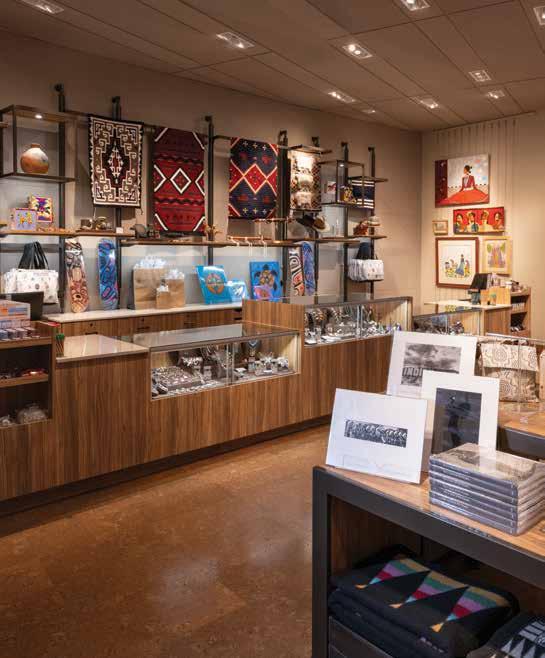
Davis infuses a multigenerational approach to her selections, thoughtfully bridging the gap between the museum experience and the take-home component of the museum store for all ages. Though products fashioned by hand can prove challenging to source for little ones, the kids’ section is stocked with Native American–authored books, durable small dolls and children’s jewelry.
As items and their stories head home with shoppers, new ones arrive to take their places. The handmade nature of many goods, paired with Davis’s eye for fresh finds, means you can possibly stroll through a different store on every visit. Her intentional replenishing ensures that Native American voices, including modern points of view, are continually shared in artful fashion.
“We are always reaching out to new artists and artisans,” Davis says, as the Museum Store continues to grow its representation from the Agua Caliente Band of Cahuilla Indians as well as other tribes from Southern California and beyond.
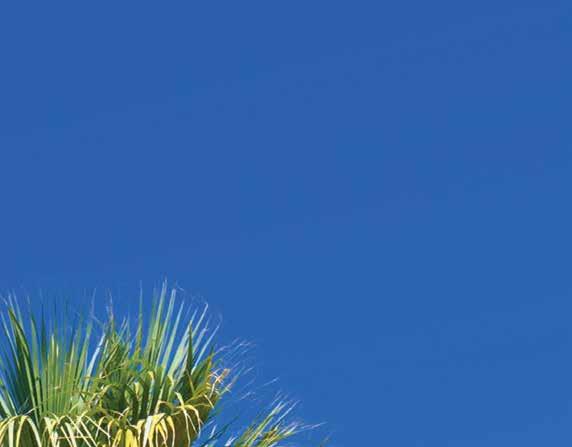




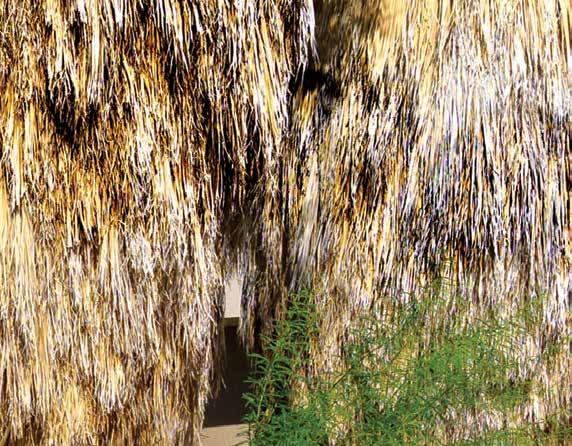




















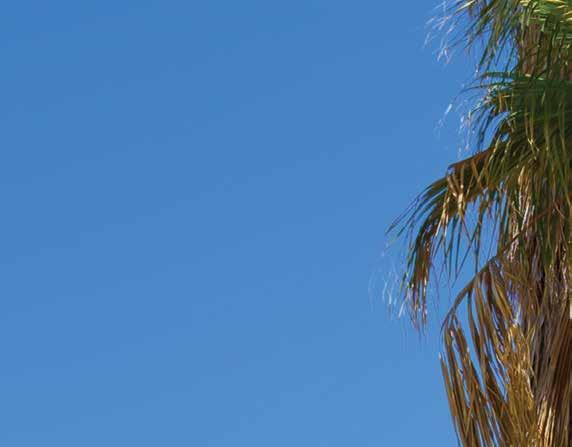
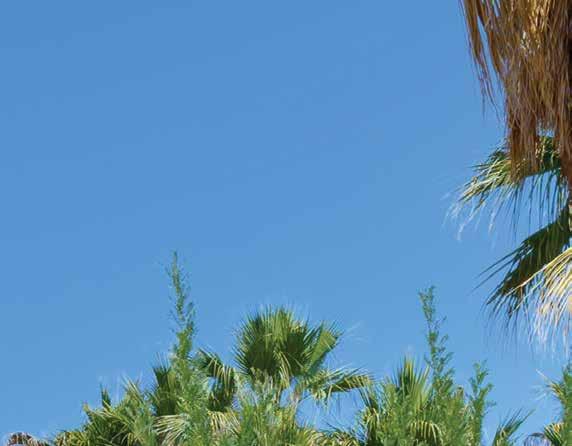



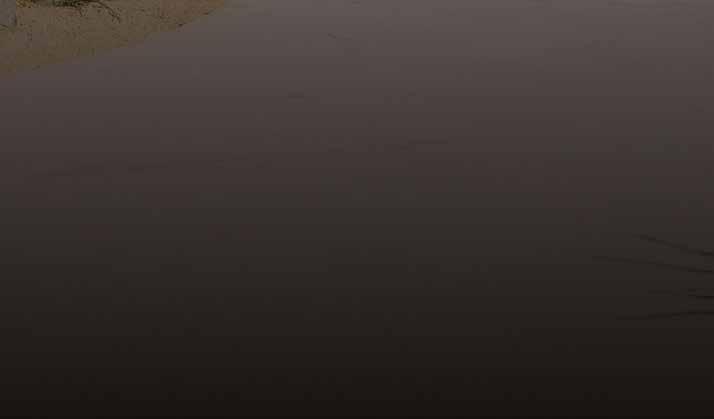






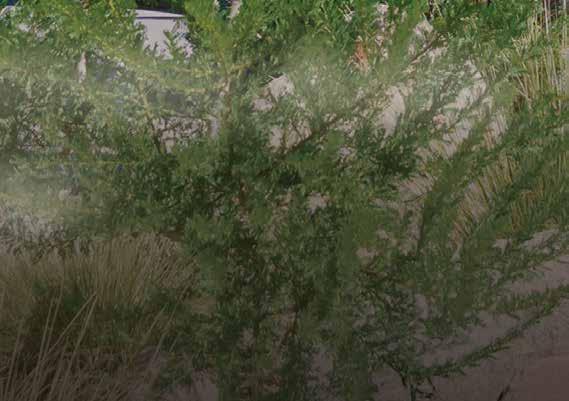

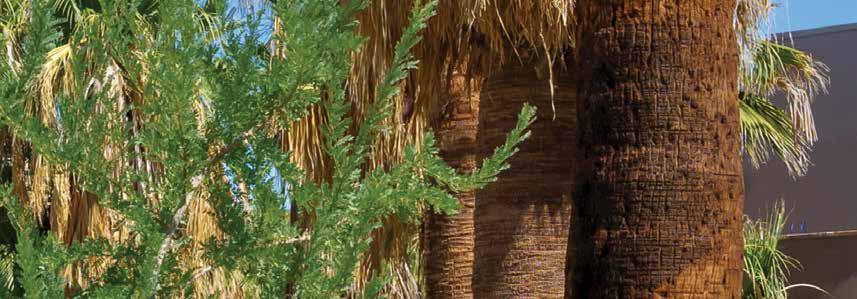










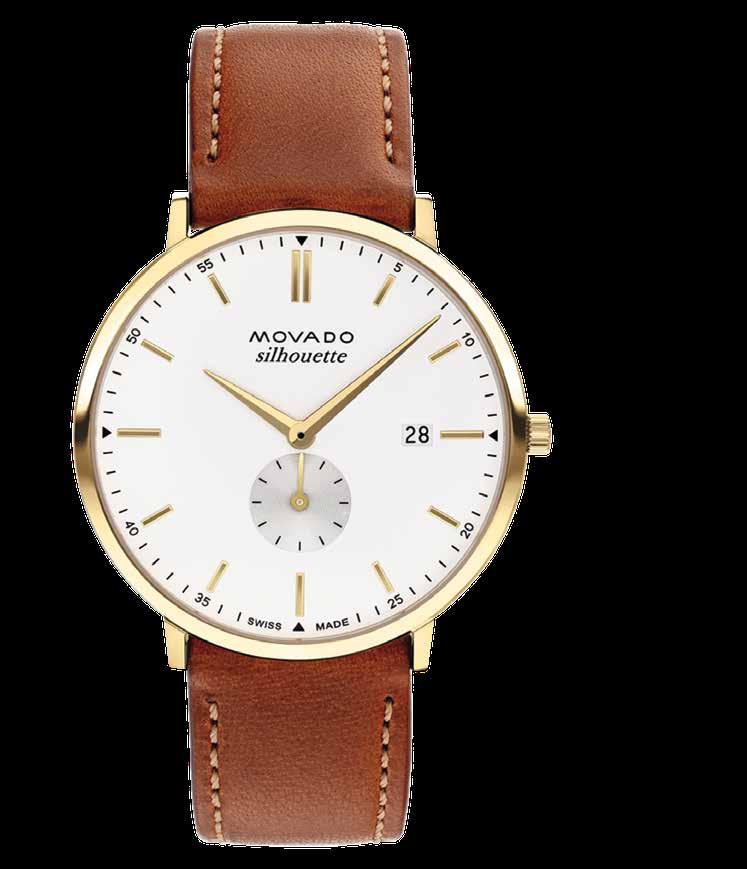

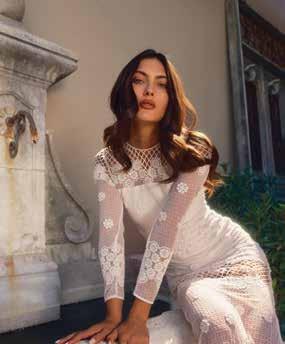


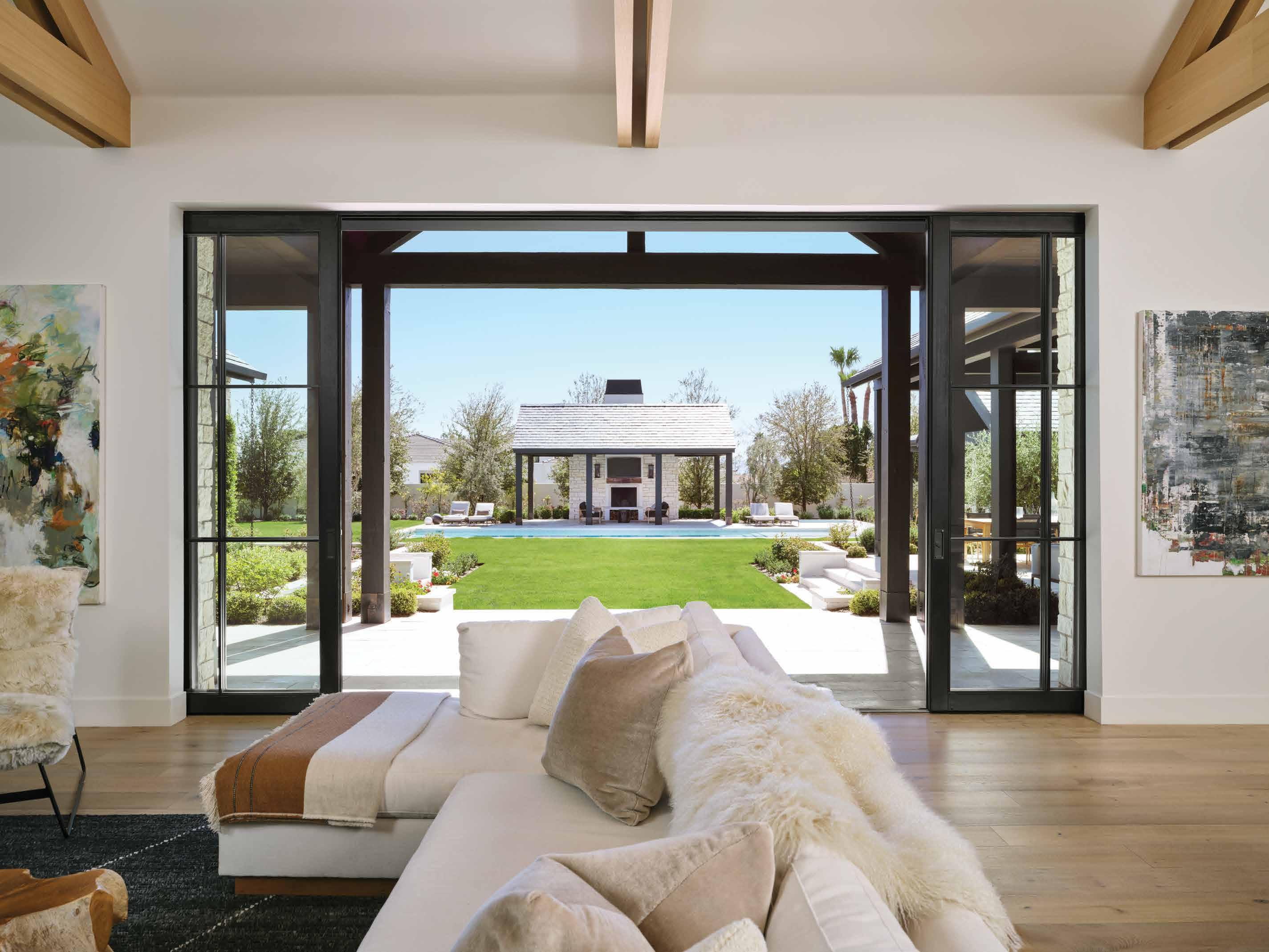
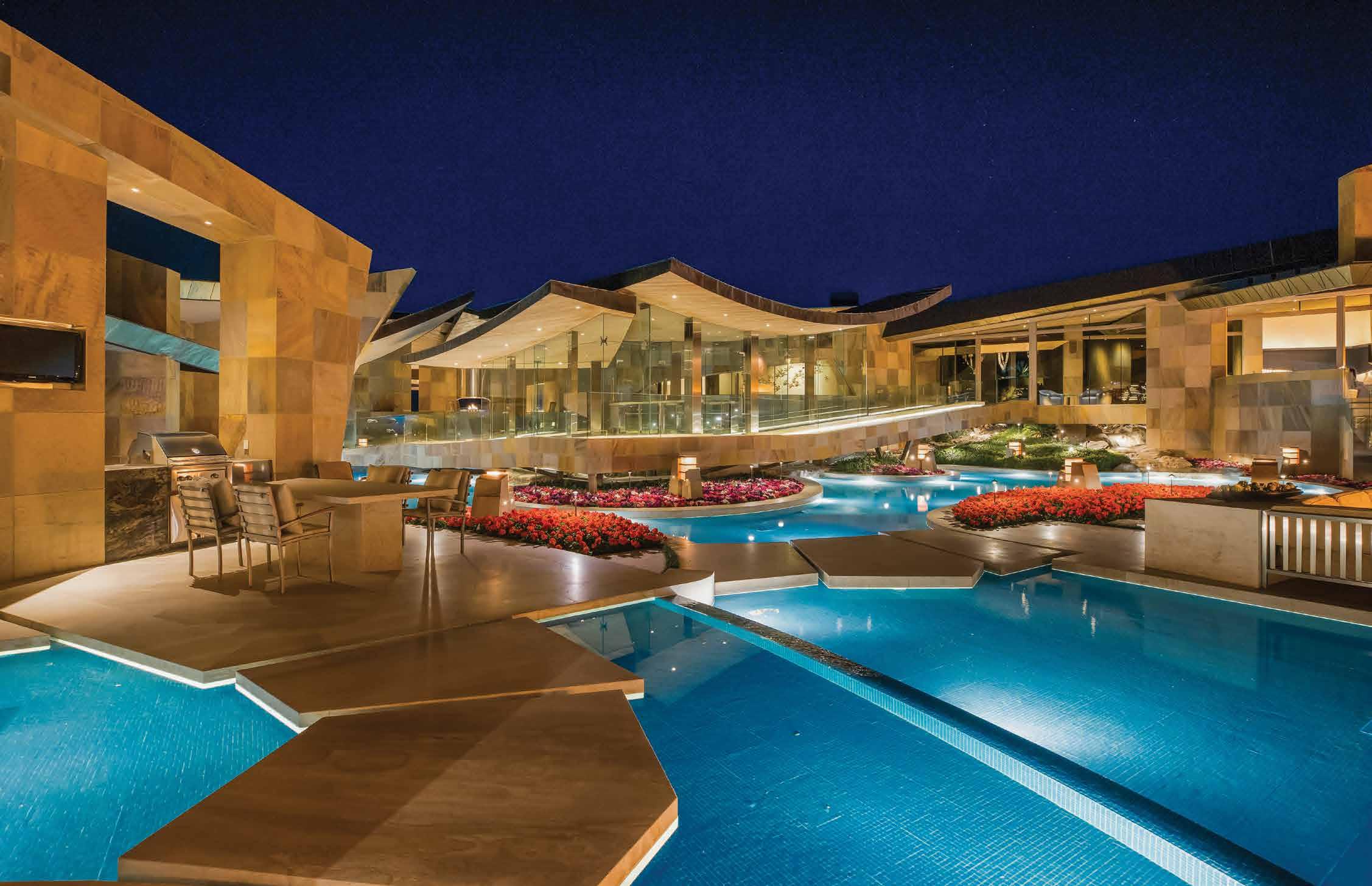



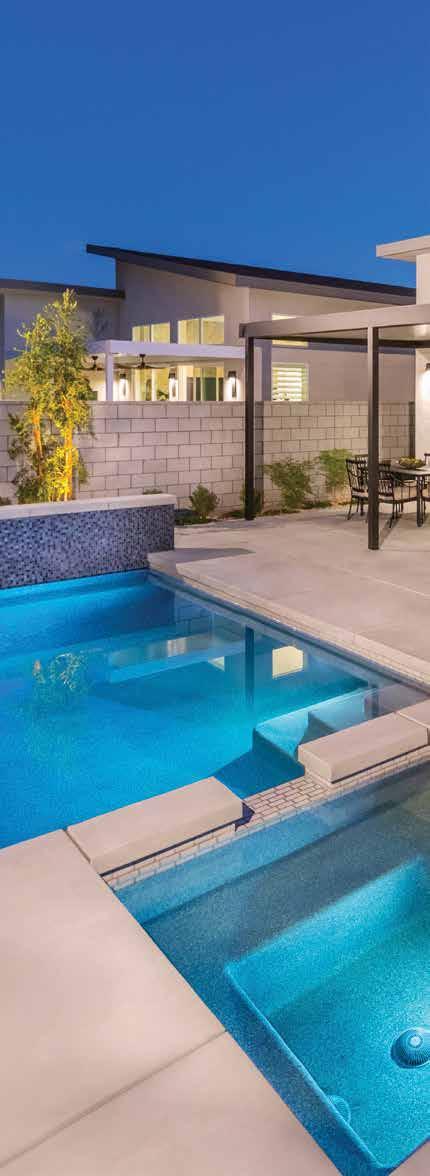

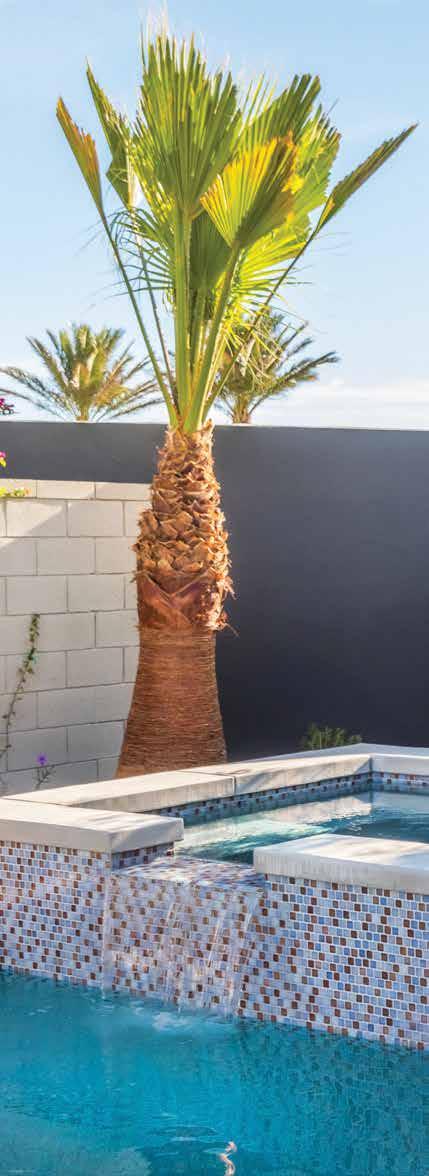

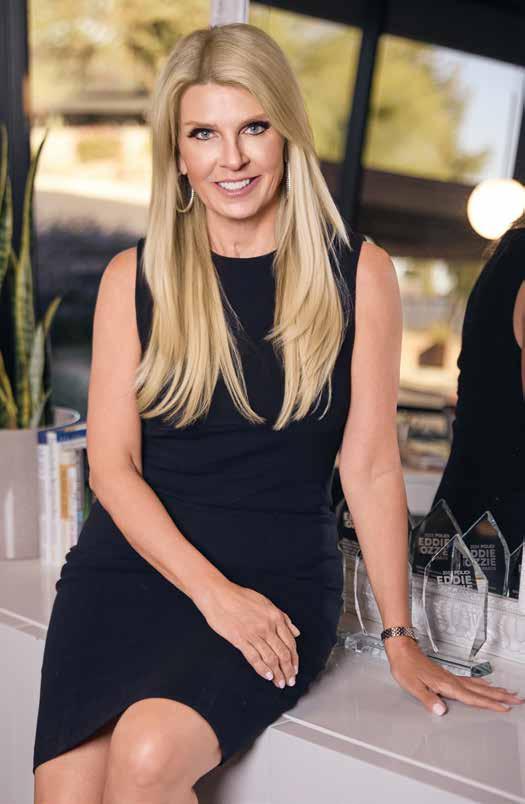
Renee M. Dee Publisher
renee@iconiclife.com


Welcome back to The Desert!
We all know that summers are for traveling, but when the season kicks off, we get to enjoy the most fantastic weather in the stunning Coachella Valley with majestic mountain views from nearly every point in town.
Right about now, restaurants are booking up reservations, theatres are selling out performances, and tee times are getting scarce. ICONIC LIFE is here to celebrate with five content pillars: design, food, travel, style and wellness…tis the season.
Our mantra is to Live Beautifully, and that is so many things to so many people. For us, we value beautiful imagery to tell the stories of the tastemakers, curators, designers and creators of all the things we love.
We carry that theme through all our channels, from Instagram to YouTube to Apple Podcasts to our newsletters to our luxury-lifestyle portal website to our engaging social media content to our stunning events. We take a 360 approach to storytelling, and we invite you to stay in touch with us…



Wishing you a beautiful season in The Desert full of all the good things and lots of joy! See you out there!
With Gratitude,









Nakayla Shakespeare Editor-in-Chief
nakayla@iconiclife.com @iconiclifemag
Ican’t believe October is upon us once again! 2025 is flying by, and with all the exciting things like the holidays dawning on us, we will be ringing in 2026 before we know it. Fall is one of my favorite seasons for many reasons, the first of which is that we cool down to double-digit temperatures. Secondly, I love watching the city wake up from its summer slumber as people start returning to the desert and the town begins to buzz again.
As the second issue of ICONIC LIFE in the desert, we are thrilled to announce that we will be publishing issues quarterly. You can expect to receive another issue of the magazine in your mailbox in November.
This particular issue highlights some local food and resort hotspots, the beloved citrus presence in some of the desert’s luxe neighborhood communities, stunning design projects from top interior design names and a detailed travel story filled with accommodation and recreation recommendations from the highly acclaimed and Palm Springs local, David Rubin.
We hope you are enjoying the luxury content we have provided so far! As we’re new, we would love to hear your feedback on potential story ideas and home features. If you have any editorial suggestions, don’t hesitate to contact me.
As always, I hope you enjoy this fall issue as much as I enjoyed putting it together.
Yours truly,
by

“Every Cocktail Has a Story” — Scott Giacomino, Mixologist
From bespoke event cocktails inspired by a global exploration of cocktail culture to the delectable concoctions of a hands-on mixology class, your guests always will have a memorably good time with ScoTTailS in hand!
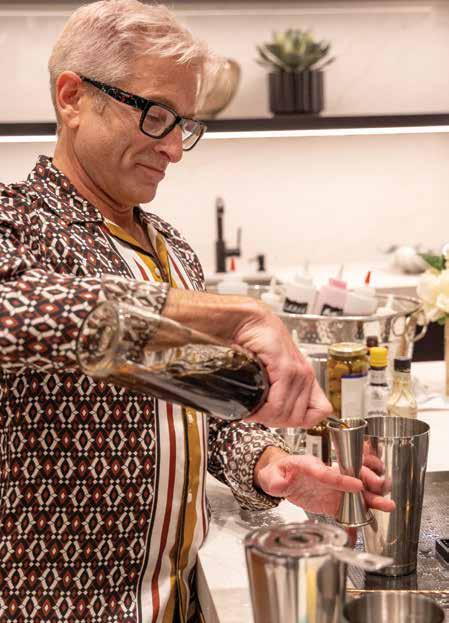
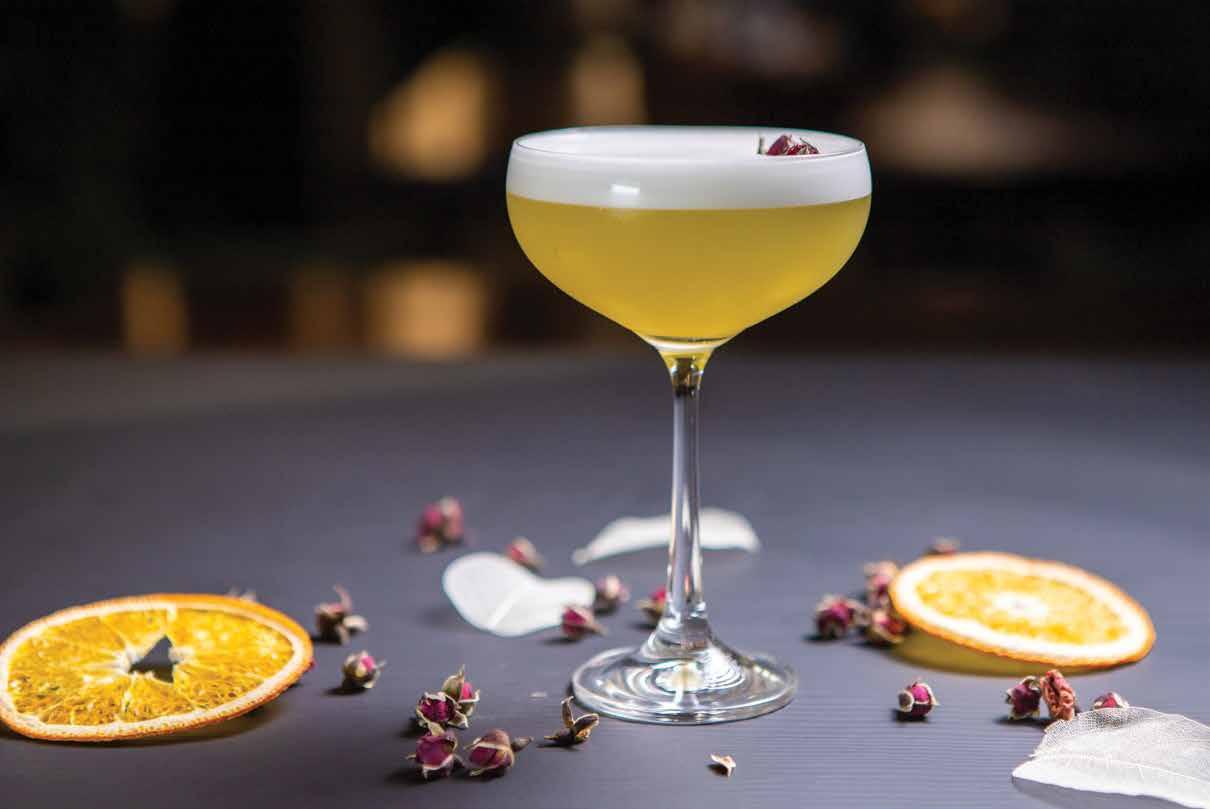
RENEE
NAKAYLA
MEG
DOROTHY
ERIN
MADELEINE
AMALIE
NANCY ERDMANN |
MARK SACRO |
CONTRIBUTORS
David
Advertising


By Nakayla Shakespeare

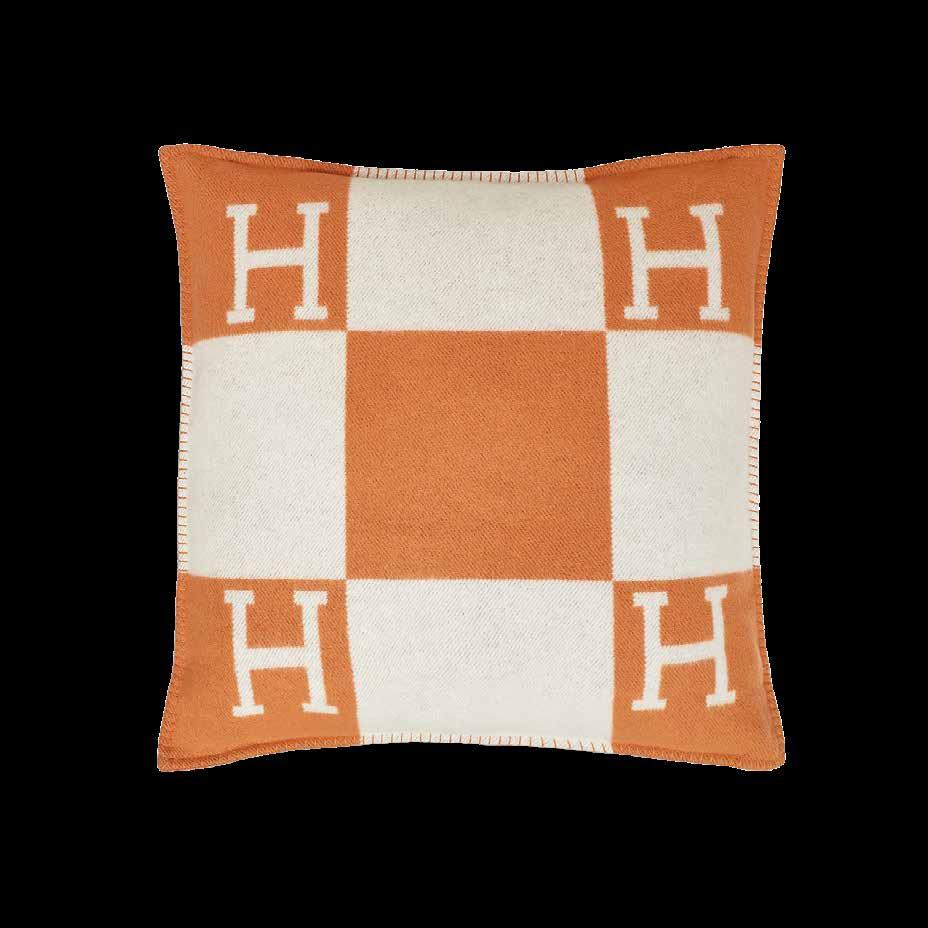


A curation of beautiful throw pillows to showcase in the home.








Fall in love with these fashion essentials just in time for autumn.






By Nakayla Shakespeare
There is nothing better than walking away from a wellness session feeling refreshed and ready to take on the day. The Renaissance Esmeralda Resort & Spa in Indian Wells is responding to the growing trend of longevity by introducing its Renew Recovery Lounge, the only dedicated recovery lounge of its kind in a resort spa in the Coachella Valley.
Aimed towards recovery, the Renew Recovery Lounge offers private pods where guests can indulge in high-tech wellness therapies focused on relaxation and rejuvenation. Services range from 30- to 50-minute sessions, perfect for quick recovery between
conference meetings or for a quick and easy relaxing moment from a busy day.
The treatments optimize compression therapy through state-of-the-art Normatec compression boots, and massage goggles, promoting muscle relaxation, increasing blood flow and aiding in sleep. Most treatments include a complementary ginger shot for healing from the inside out.
During my stay at the Renaissance Esmeralda, I had the opportunity to experience the recovery lounge for myself. I entered the dimly lit room where a chilled ginger shot was waiting for me. I sat on the


heated reclining lounge chair and allowed the spa associate to zip the compression boots on my legs.
Over the next 50 minutes, I found myself slipping into a deep state of relaxation from the steady inflation and deflation of the boots and the rhythmic pressure from the massage goggles, relaxing the muscles in my face. When the session was over, I felt lighter on my feet and had a surge of energy. It was the perfect way to quickly rejuvenate myself for the remainder of the day.
As longevity continues to grow in popularity, innovative wellness programs will continue to make their way into hospitality spaces, and the Renaissance Esmeralda is spearheading this initiative in the Valley.
Compression Therapy (30 minutes):
Utilizes Normatec technology with dynamic air compression boots or arm sleeves to relieve pain, increase blood flow and improve lymphatic circulation.
Recharge & Recover (50 minutes): Combines leg compression massage with the HigherDOSE Infrared PEMF Mat to enhance circulation, revive muscles and provide a natural recharge.
Relax & Restore (50 minutes):
Begins with a ginger CBD wellness shot, followed by a facial massage using Therabody Smart Goggles and leg compression boots to reduce inflammation and eye strain and promote deep relaxation.
Well Rested CBD Soak (50 minutes):
A luxurious CBD-infused bath paired with smart goggles, a ginger CBD wellness shot, and a facial massage to induce deep relaxation and promote better sleep.

Getting your grapefruit groove on in the Coachella Valley.
By Tara Solomon

If you’ve never picked your own fruit, you don’t know what you’re missing. Better than any therapist, just standing under the shaded canopy of a stately grapefruit tree, gazing up at the expanse of golden fruits, is a lesson in Zen. To quote herbalist and author Rosemary Gladstar, “The plants have enough spirit to transform our limited vision.”
Due to its harsh environment, the Coachella Valley is an unexpected host of citrus trees. After my husband and I got a vacation home in one of Palm Springs’ mid-century country club communities, I was surprised to see almost 300 citrus trees on the grounds. I wasted no time getting a pair of chic gardening gloves and a fruit picker with a 10-foot extension. I was on a mission.
I started working on a color-coded “Map of the Citrus Trees” that included each tree’s variety, location and name. I unveiled this information at the “Citrus Social” event at the clubhouse. Citrus trees not only add to the beauty of our residential community, but they also bring people together. Residents were excited to discover their tree’s name and learn where to find the coveted Meyer lemon trees.
Even though it’s possible to cultivate and nurture an orchard in the desert, it’s still an art. University of California Cooperative Extension (UCCE) Master Gardener Burt Boss shares his secrets on successfully growing citrus trees in your backyard.
Want to further educate yourself on the citrus scene? Travel to some of California’s best citrus ranches and parks.
This unique Riverside County attraction, a 250-acre state park lush with thousands of citrus trees, is like a secret citrus society, complete with a historical museum housing artifacts donated by former citrus farmers. It’s home to 70 varieties of citrus trees, including five ancestral varieties: Pomelo, Papeda, Citron, Mandarin and Kumquat.
In tribute to the Citrus Boom of the 1800s, the park’s design encourages leisurely walks among the groves. Unspoiled paths and three hiking trails lead to the highest point above the groves, where picnic tables and cold drinking water await visitors. The gift shop stocks citrusthemed artisanal candles, fun tchotchkes and citrus marmalades made by local vendors.
The park is open daily and, starting in October, will be open from 8 a.m. to 5 p.m. Mark your calendar for the first weekend in April 2026, when the annual Citrus Festival, hosted by Friends of California Citrus Park, returns.
1. IRRIGATE.
To encourage deep root growth, flood the root area with three to four inches of water. Let the top two inches of soil dry out, then repeat. Your watering frequency will vary as temperatures change throughout the year.
2. FERTILIZE.
Use an organic, citrus-specific fertilizer three times a year: in January, before the blossoms form, and then again in early May and June. Avoid fertilizing after that, as it can affect fruit quality.
3. HARVEST.
Once the fruit is ripe, pick only what you need. Citrus is best stored on the tree. Freeze juice in ice cube trays and store the cubes frozen in zip-lock bags, so you’ll have a supply of juice until the next harvest.
4. PRUNE.
After the harvest, prune any dead or dried-out sprouts and branches. Thin out the center of the tree and remove any crossing branches. Allowing direct sun into the tree’s center encourages new fruit growth. Also, remove any “suckers” or shoots from the base of the tree and lower the trunk to allow more nutrients to reach the fruit-bearing part of the tree.

You can check “visit a citrus ranch” off your bucket list with a day trip to permaculture farmer, Robert Lower’s 10-acre “edible landscape” in Thermal, CA, whose fans include none other than Martha Stewart. Ranch visits, by appointment only, are from 7 a.m. to 2 p.m. in season (September through June), and 6 a.m. to 1:30 p.m. during summer. There is no fee.
In addition to the 1,000 organic citrus trees—including Ruby Blush grapefruit, Temple orange (aka Royal Mandarin), Minneola tangelo, Key lime, Eureka and Lisbon lemon—there are 500 date palms that produce more than seven varieties of dates. All the fruit is available for purchase.
A Palm Springs hotspot for good food, fantastic cocktails and an electric atmosphere.
By Fran Miller


Celebrating its 18th year, The Tropicale remains one of the Valley’s most popular destinations, renowned for its exceptional bar scene and innovative international cuisine. This former auto body shop-turned-tropical hotspot is the extraordinarily imaginative work of the entrepreneurs who are still an integral part of its operation.
Reminiscent of old Miami and Mid-Century Palm Springs-themed dinner clubs, The Tropicale’s vast patio lounge and outdoor bar are decked out with tropical furnishings and surrounded by olive trees and date palms with lush foliage. It’s pleasantly misted in the summer and heated in winter.
The restaurant’s seasonally changing menus reflect creativity with a panorama of world flavors and fresh organic products. “All of our meats are grass-fed; poultry, free-range; fish are sustainably line-caught; and our lettuces, tomatoes, berries and produce are all organic,” says co-owner and founder Chef Tony Di Lembo. “Even most of our wines are produced sustainably. This shift has occurred because we are all adopting this approach ourselves. Prime grass-fed beef is healthier and just tastes better.”
Flavors from Morocco, Korea, Vietnam, China, Cuba and Asia find delicious expression here due to the owners’ frequent travels all over the globe. Weekly printed specials are a significant part of the attraction, highlighting seasonal specialties and flavors often inspired by a trip to a local market.
The Tropicale’s 85-plus super team of wait and kitchen staff is also an integral component of this popular hotspot. The hustling dining room crew is seamlessly choreographed by co-owner Ranz Wienert, whose attention to detail keeps table service an utmost priority.
For many years, The Tropicale has taken top honors annually as an OpenTable’s “Diners’ Choice” winner and as “Best in the Valley” for martinis and its unsurpassed happy hour.


Take an ICONIC journey with us as we look at history through the lens of a legend.
By Sam Micatrotto \\ Photography by Lawrence Schiller

Palm Springs has long been a playground for Hollywood’s elite, where the spotlight dims just enough for stars to take a break and bask in the desert sun. For Lawrence Schiller, legendary photographer, filmmaker and bestselling author, Palm Springs wasn’t a place to get away; it was the lens through which he captured a rare, unfiltered glimpse of American icons. Through his ICONIC images, he has allowed the world to witness pivotal moments and intimate peek into the lives of legends.
Schiller’s connection to Palm Springs dates back to his formative years. Although he was raised in San Diego, California after moving there from New York in 1943, he recalls his high school days spent playing tennis in the desert, a passion he shared with his brother. “Besides Wimbledon, there’s no better place to play tennis than in Palm Springs,” he shares. This early introduction to the sun-drenched courts and the laid-back atmosphere solidified the resort town as a place of respite and inspiration. “Palm Springs was where you went to kind of chill out,
and you could forget about what was happening in the rest of the world because Palm Springs was a world to itself,” Schiller says.
His professional journey into the heart of the city began with an assignment for the esteemed French magazine Paris Match. “They said, ‘We want you to go to Palm Springs to photograph Frank Sinatra,’” Schiller recounts. “I don’t remember exactly why, but I remember I had to go out and rent a nice car. I didn’t want to drive up to Frank Sinatra’s house in the car that I had, so I rented a Mercedes, and I drove to Palm Springs.”
That moment marked the beginning of a remarkable career that would capture the ICONIC faces and moments that shaped a generation. Clint Eastwood, Robert Redford, Muhammad Ali—the list of Schiller’s subjects reads like a who’s who of 20th-century America. His camera witnessed it all, often up close and in the quiet moments between headlines.
“Everybody knows about my pictures of Marilyn Monroe...she left us in 1962, but she’s alive today to every



teenage girl or young woman,” he says. “My pictures are still an important image of the best of the best of Hollywood, even though her death was tragic.”
Over the years, Heather James, owner of Heather James Fine Art, mounted several exhibitions of Schiller’s photography, including a dual show with fellow photography icon Steve Schapiro, spotlighting images of Barbra Streisand. “Heather James helped me establish myself with art galleries,” Schiller reflects.
Schiller’s work’s timeless appeal remains clear in his ICONIC photographs, including those of Marilyn Monroe, Paul Newman and Alfred Hitchcock, which were featured at the Palm Springs Modernism Fall Show in October 2024. This enduring relevance reveals how Schiller’s lens captured more than moments.
While Palm Springs holds a special place in Schiller’s portfolio, his career reached far beyond the desert. Photography began as a way for him to see the world, quickly becoming his lifelong storytelling tool. From investigative journalism to film and publishing, his work offers deep, multifaceted perspectives on significant figures and cultural turning points. His first major break came in high school when he won the Graflex Awards, earning him a trip to New York to serve as an assistant photographer. He arrived on the night of the Rosenbergs’ execution– a controversial moment in history when Julius and Ethel Rosenberg were executed via the electric chair for conspiring to pass U.S. atomic secrets to the Soviet Union– and captured a city in protest, his first experience photographing a historical moment in real-time.
Schiller went on to document some of America’s most pivotal moments, including Dr. Martin Luther King, Jr. at a meeting in Watts, California during the 1965 riots, Richard Nixon’s 1960 concession to the election, the assassination of John F. Kennedy, and the final months of Bobby Kennedy’s life. Eventually, a conversation with Paul Newman launched his directing career, starting with a scene in Butch Cassidy and the Sundance Kid and leading to an Oscar and 18 Emmys.
“I’m just a teenager going on 89,” he laughs. Schiller’s lens may be at rest, but his vision remains sharp, shaped by decades behind the lens and a life lived at the intersection of fame, history and the quiet beauty of Palm Springs.




Heather Michel is shaping the next chapter of Snellenberger Builders— blending family tradition, modern design and a deep care for community.
By Amalie Rhebeck

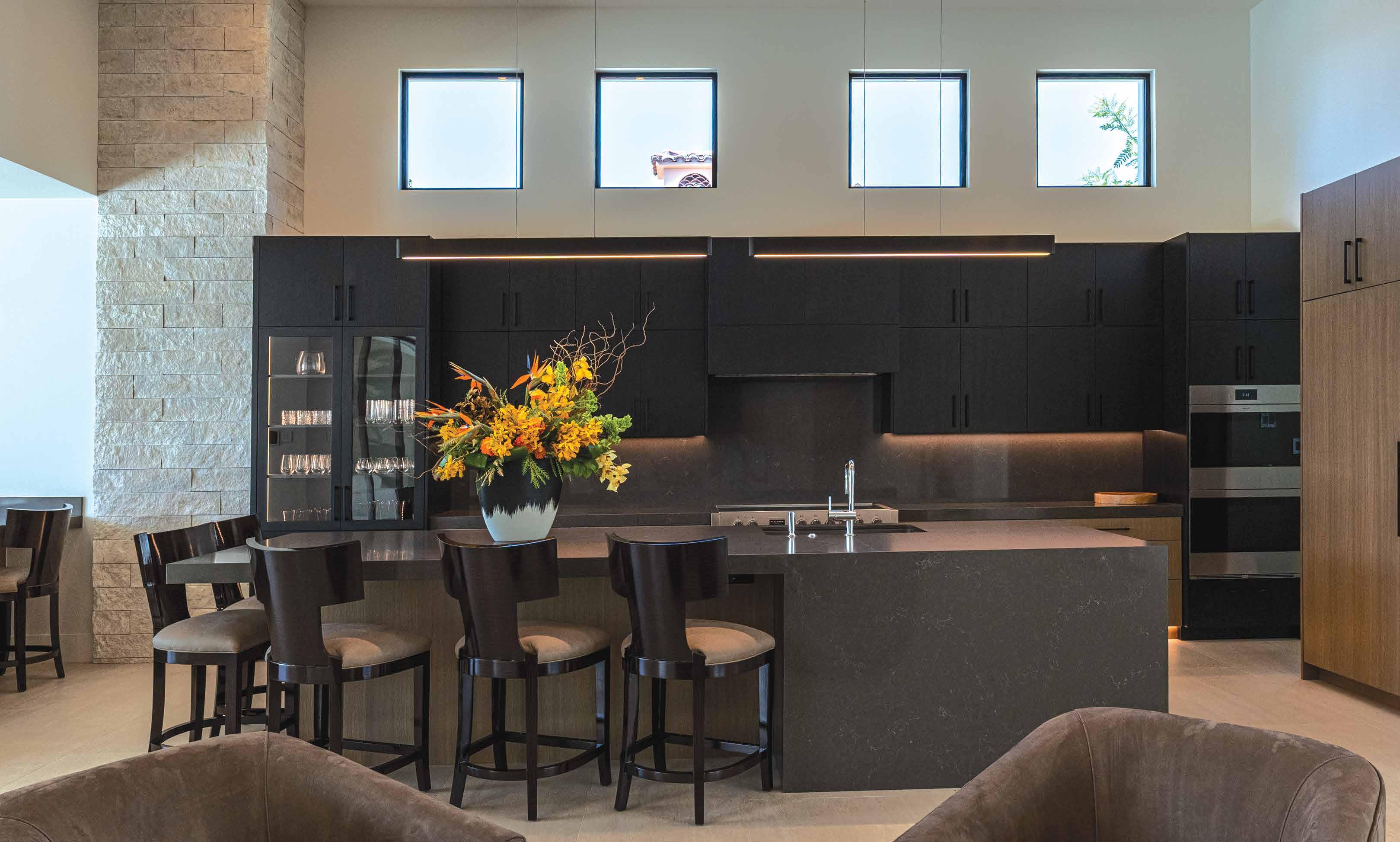
Snellenberger Builders, one of Palm Springs’ most acclaimed building firms, has been creating beautiful and timeless residential spaces for decades. Today, one of the region’s most influential young builders, Heather Michel, is leading the Snellenberger legacy into the next generation.
The family’s impact began when Michel’s grandfather started building homes in Palm Springs. Eventually, Michel’s father founded Snellenberger Builders in 1981, starting with the construction of tract homes and later expanding into custom home design.
When Michel decided she wanted to continue the family business, she worked under other builders in the area, gaining hands-on experience and learning about how to best bring clients’ visions to life.
“I wanted to make sure that when I took over the business, I was doing not only what
my dad did and my grandfather did, but what is the best way to build a company and to build a home,” she explains. “So I went and learned different things from different builders, and decided to bring all of that together, and now I’m the first female builder to lead our family’s construction company, which is super exciting.”
As the first female CEO of Snellenberger Builders, Michel notes that the role presents several challenges, including earning the respect of people in a largely male-dominated industry. Despite the obstacles, she attributes her success to hard work, an eye for design and a supportive community.
“It’s so special to be able to do this right now. I think that the community that surrounds us in the desert is helping and carrying me through, because if I were to do this 10 or 15 years ago, I think the people around me would think it was silly,” she says. “But in
this particular time, people are building each other up in a way that I’ve never seen before, and I think it’s really unique to have vendors and designers and architects around us that have one common goal, and that’s to create the best home for our clients.”
Building custom homes in a community renowned for its beautiful weather and rich architecture, Michel’s work is heavily inspired by the seamless blend of the indoors and outdoors.
“I think the landscape of the desert influences our projects so much,” she notes. “In this particular area, indoor/outdoor living is a way of life. I think that’s one of our biggest influences because you can have these gigantic windows and door systems that showcase what the exterior is and bring that inside.”
No home better reflects this blend of indoor and outdoor living than one of their more

recent builds in La Quinta. This home, which overlooks a crystal blue pool and a beautiful green golf course, includes large sliding doors that open the home to the surrounding natural elements. Small details like natural stone throughout the space and soft water features in the courtyard, make this home feel integrated in the natural desert surrounding it. Modern features throughout this home including sleek fireplaces and luxurious bathroom finishes, also give this home an elevated edge.
A tribute to Michel’s eye for design and attention to detail, this modern residence stands as the perfect harmony in seamlessly blending natural landscape into a home without compromising its luxurious finishes.
Looking towards the future of Snellenberger Builders, Michel is optimistic about continuing the family legacy with her children and the strong community her family has built over the last several decades.
“It’s so special that my grandfather started this, and my dad was able to take it and make it even better, and now here, my brother and I are taking on the next generation. I just want to continue the legacy,” she explains. “I want to be able to hand it to our children and be able to have something that withstands time and that our reputation as a Snellenberger family is able to continue as builders who have integrity and are bringing something back to the desert.”
For Michel, her commitment to upholding the Snellenberger name extends beyond the company, flowing out into the community. By volunteering in her city on a regular basis, Michel is able to stay grounded in what truly matters– supporting and uplifting those around her.
“We build our clients’ dream homes, and they are seven or eight million dollar homes, but there are people on the streets who don’t have any places to go. Being able to take both sides of the coin and create a legacy of building absolutely gorgeous houses, while also helping people stay on their feet or get out of the sun and find a place to make their own, is the most important thing. It’s important to make sure that we’re always grounded in our faith and grounded in what creates the community around us.”
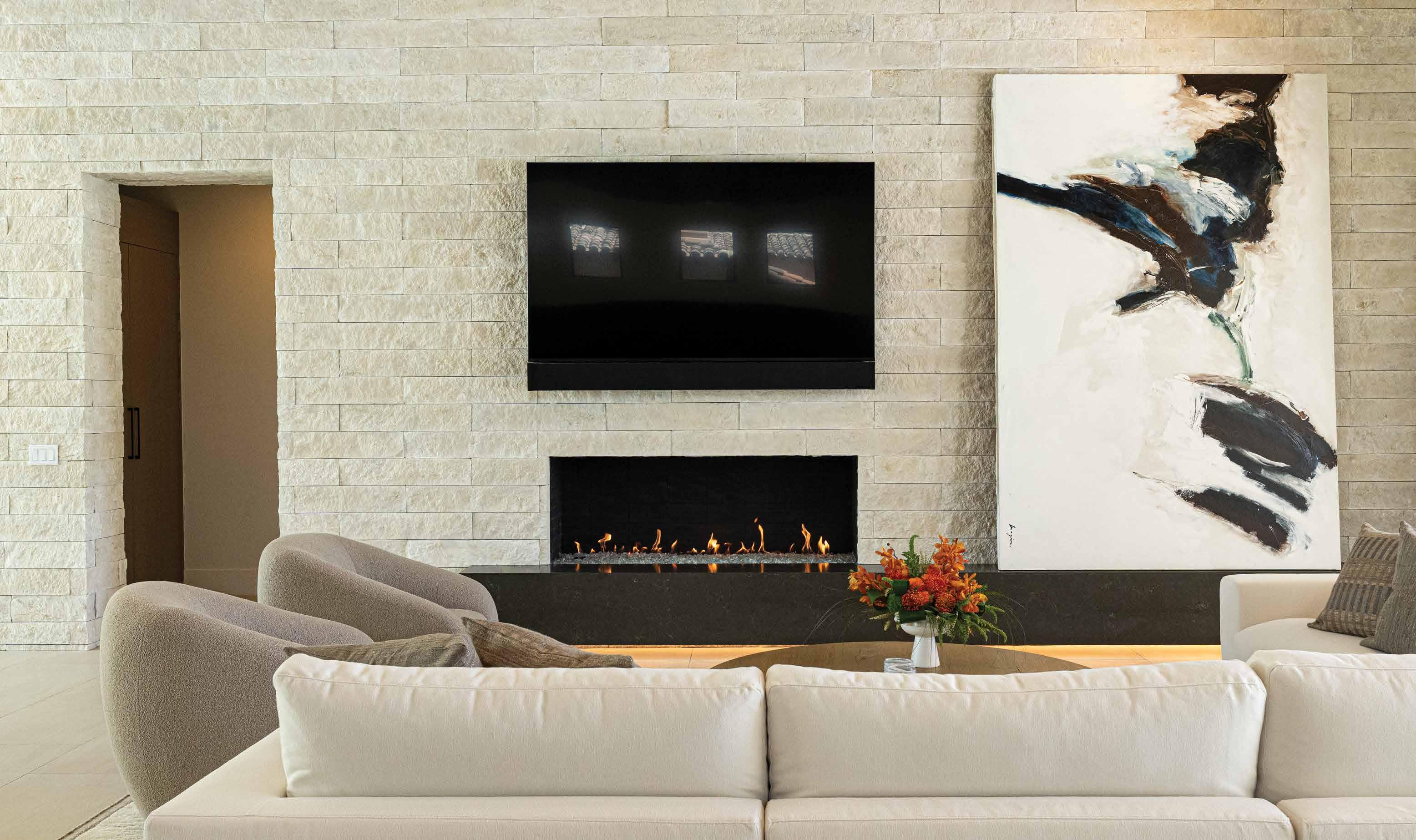
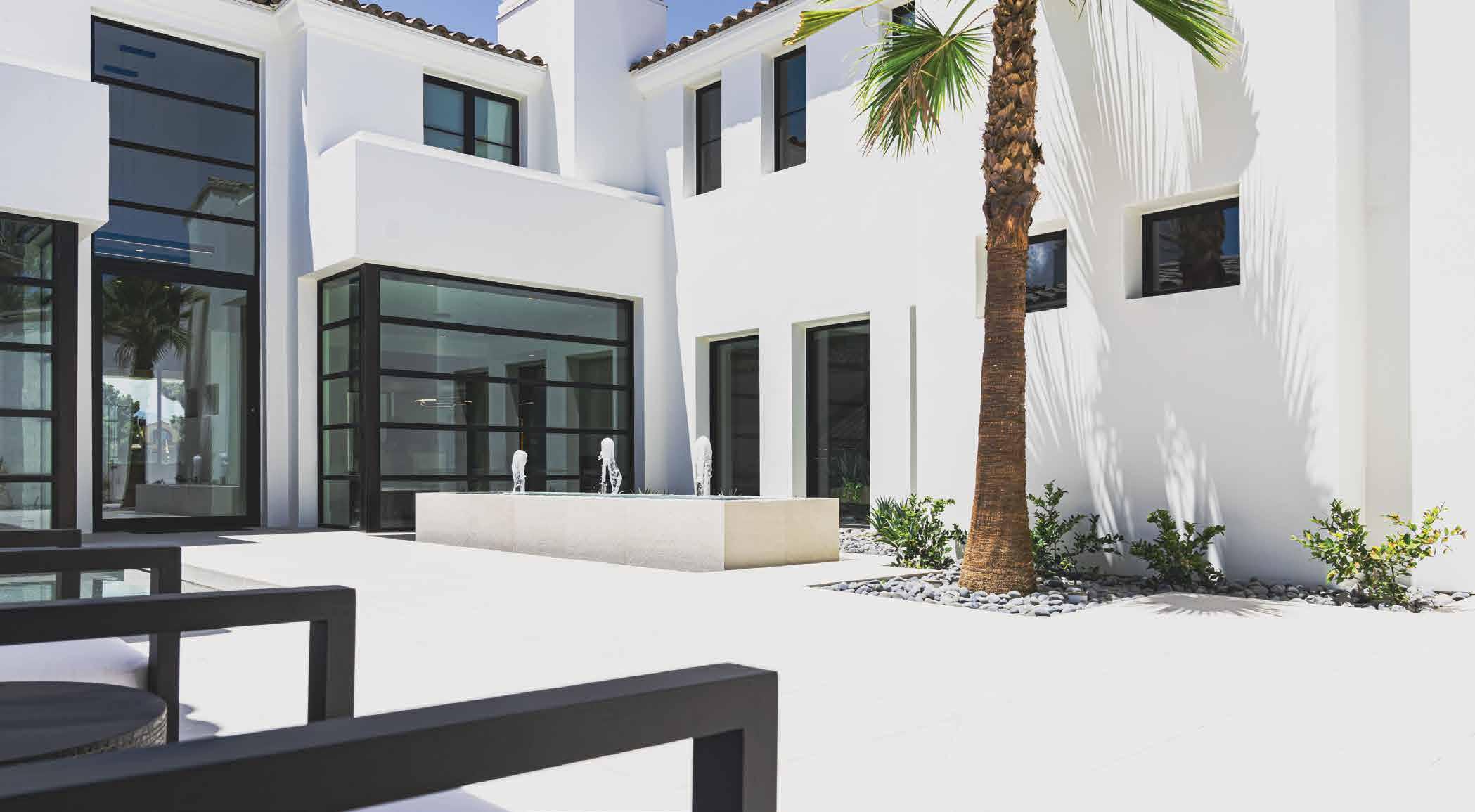

Brutalist edge meets organic elegance in this soulful desert retreat.

By Madeleine Perich
Photography by David A. Lee
Astriking reimagination of an ICONIC Palm Springs residence, this home blends austere design elements with soulful warmth. Brutalist materials, such as concrete and Corten steel, are softened by organic textures and curated details, creating a refined yet inviting space that challenges convention while honoring its modernist roots.
Michael Bourque, founder of Michael David Bourque Modern Designs, approaches client relationships with the same intentionality he brings to his spaces. He carefully vets each potential collaboration to cultivate creative chemistry and develop a deep understanding of his client’s psyche before diving into a project.
At the heart of the story are the homeowners, a spirited couple whose motivation to remodel a 2012 property was both practical and emotional. They wanted to create a sanctuary enticing enough to draw their son and daughter-in-law—soon-to-be new parents—from afar. Rather than wait for the lengthy process of new construction, they opted to fast-track their dream through a bold, soulful renovation.
Though only a little over a decade old, the house bore the marks of builder-grade decisions and aesthetic misfires: glossy red kitchen cabinets, disjointed fireplaces and an overall vibe that Bourque aptly described as “90s Miami Vice.” But beneath the surface were elements worth preserving—a striking floating staircase and a dramatic pivoting front door—features that helped anchor the redesign.
The transformation was a masterclass in contradiction and harmony. Bourque coined the new aesthetic “soulful modern,” a balancing act between the homeowners’ love for brutalist materials and their craving for warmth, texture and an air of surprise. The result is a home that feels grounded and ethereal, rich in materiality and deeply personal in expression.
Every design choice throughout the home reflected what truly resonated with the homeowner, says Bourque. “We made design decisions based on what makes her feel really great. She feels soothed and serene in spaces,” he adds.
Texture was a major player in this narrative. “There’s a yin and yang to the smoothness of concrete and that roughness of Corten steel,” the designer states. “I was set to work on creating a vision of this soulful modern home, where there is a balance between those elements, which can be seen as harsher to a lot of people.”
This juxtaposition is especially apparent in the powder room, a jewel box of design that embraces a moody, atmospheric aesthetic that’s both dramatic and intimate. Handmade, textural clay wall tiles sourced from a local woman-owned studio in Yucca Valley, Calif., are rich in texture and provide depth, creating a cocoon-like effect that instantly captivates. Layered with low, ambient lighting and unexpected finishes, the space blurs the line between utility and art, inviting guests into a moment of tactile luxury and visual intrigue. Unlike the glossy,
high-shine quartz surfaces you often see, the powder room sink features a silky smooth matte-finish quartz that invites touch and elevates the sensory experience.
The luxurious texture feels almost velvety under the hand, adding a quiet sophistication to the space. The integrated continuous countertop and sink is designed with a sleek, flat basin where water glides across the surface and disappears seamlessly through a subtle perforated drain—both functional and artful in its simplicity.
It’s a room that invites touch, surprises the eye and breaks from convention—just like the homeowners themselves.
Bourque’s design choices throughout the residence reflect an intuitive understanding of the owners. Amorphic shapes in furniture echo their “rebel spirit.”




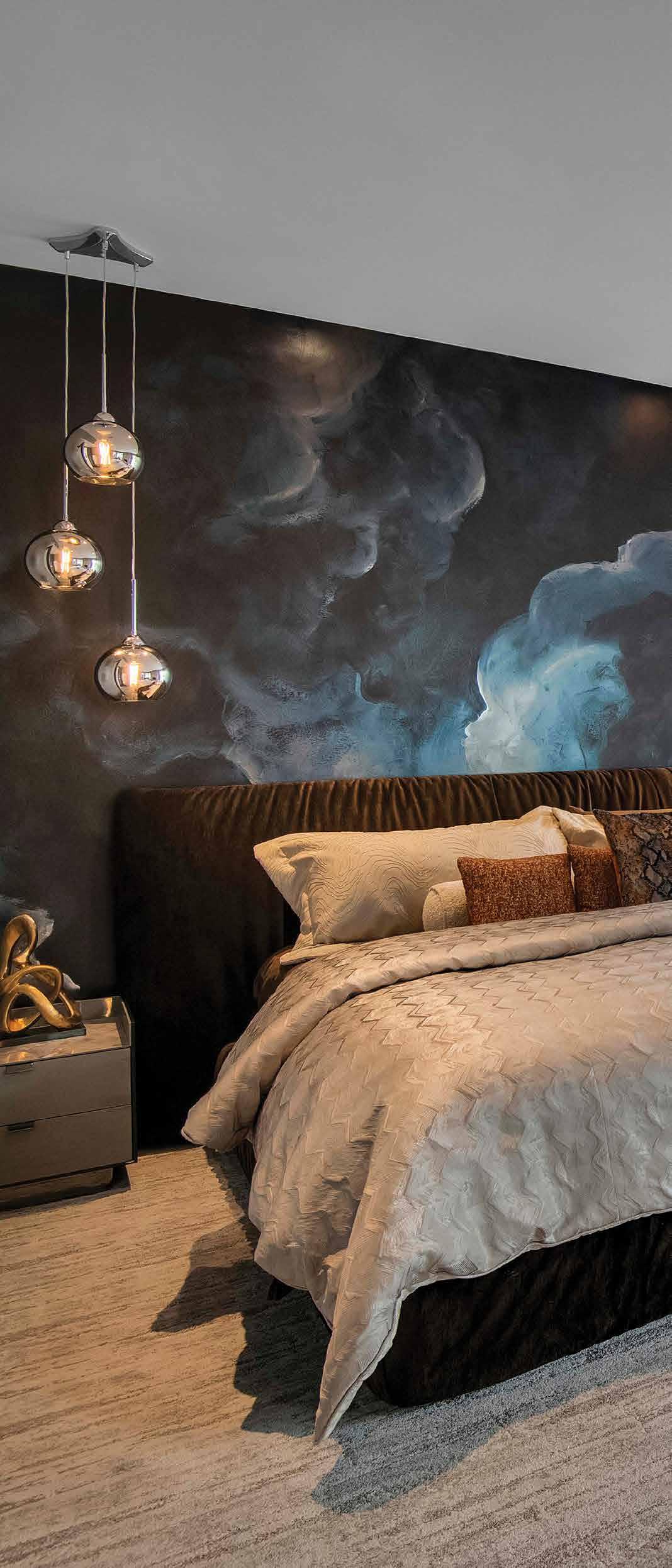
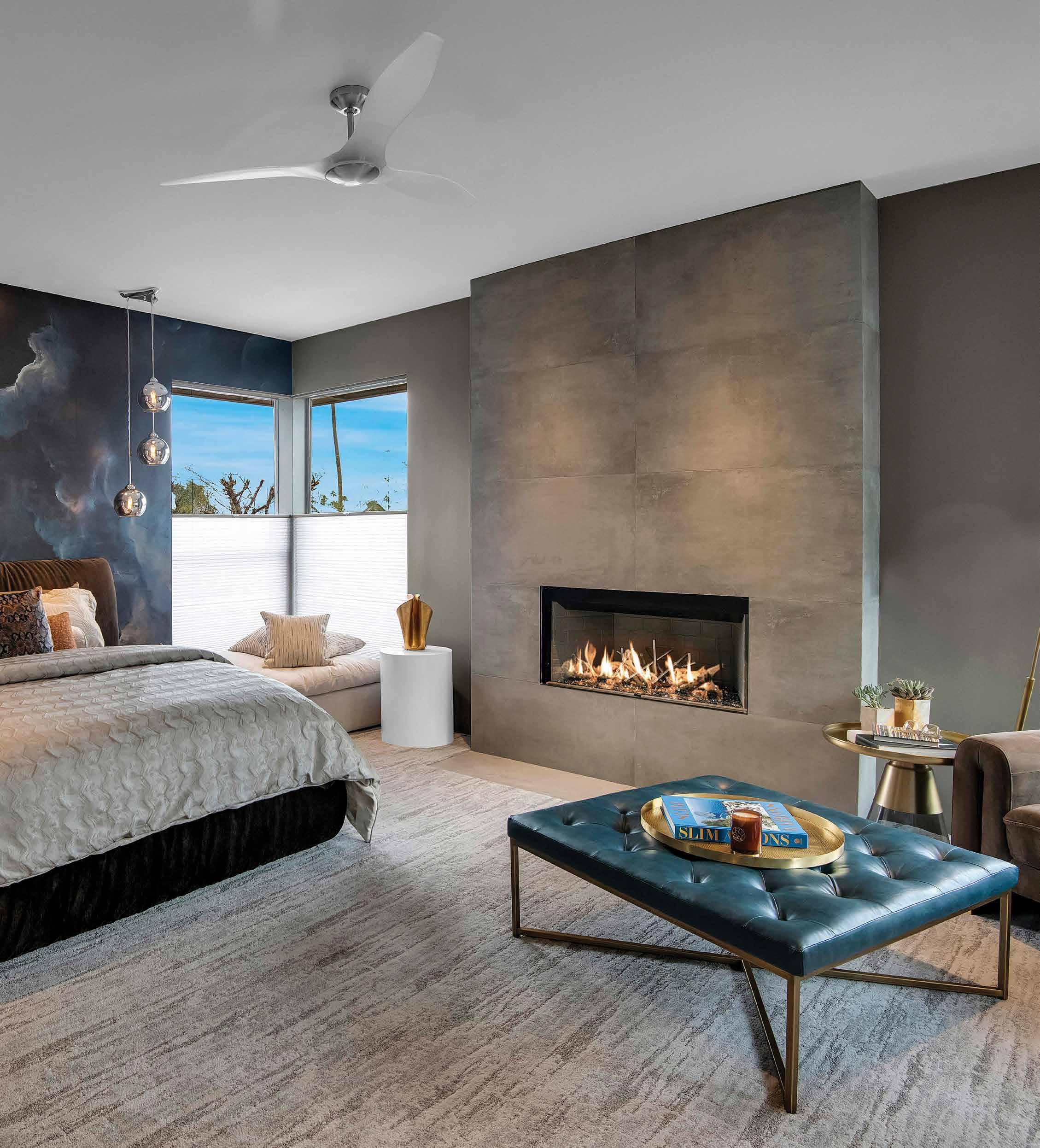


Function was never sacrificed for form. The layout emphasizes flexibility and comfort, with frequent guests and family visits in mind. On the main level, reconfigurable seating and outdoor cocktail nooks foster connection, while upstairs rooms offer privacy and retreat. Highlights of the upstairs include a reimagined gym with a clever steel concealment panel that reveals a personal barista station for morning coffee and bar by means of a custom-designed sliding panel on a track installed in the ceiling.
The guest suite across the hall effortlessly doubles as a stylish den. It features a wall bed and sofa combo and custom-built, hideaway fold-out desk, designed by Bourque from Resource Furniture to offer comfort and functionality without compromising aesthetics.
From a bespoke dining table with a chocolate-brown Cambria matte quartz top and twin black steel arches, designed by Bourque, to knurled cabinet knobs reminiscent of guitar amps that infuse subtle rock-and-roll character into the tactile experience, Bourque molded the knowledge of his client’s personality and style into truly unique and thoughtful design accents.
“As a designer, my goal is for these design elements to be noticed at a subconscious level when you walk into a space,” Bourque explains. His background and advanced degree in psychology are instrumental in his design process.
Another striking piece in the living area is the modular sofa. “We deliberately didn’t do a traditional sofa. It has a movable back piece, so you can set it up to watch TV or you can have it set up to enjoy mingling conversation at a cocktail party,” the designer explains.
As a capstone to the project’s success, the home earned a coveted spot on the Signature Home Tour during Palm Springs’ Modernism Week 2025—a nod to its architectural merit and soulful interiors.
Bourque’s entire design journey was rooted in creative freedom, allowing for a highly personalized approach where bespoke furnishings and tailored elements defined every corner of the home.
This was more than a remodel. It was a reflection of personal identity, familial love and the power of great design to evoke emotions—a result that Bourque delivers effortlessly.


Palm Desert, a sculptural hilltop aerie lists for $59 million.
By Nora Burba Trulsson
Duane Hagadone liked to think big. Born in Idaho, he amassed his fortune in publishing and real estate development, creating a hospitality empire that included projects such as the 338-room Coeur d’Alene Resort and Golf Course, as well as other hotels and restaurants. He also delved into a boat-servicing business, a photography studio, a marketing agency and marinas. A yacht he owned was equipped with an automatic tee system and floating holes, creating an 18-hole wet course and had speedboats available to pick up Titleists that had gone astray.
INTERIOR DESIGN Guy Dreier Designs.
ARCHITECTURE Guy Dreier Designs.
PHOTOGRAPHY Courtesy of BIGHORN
Properties & Anthony Barcelo.
When he and his wife, Lola, were searching for a winter retreat where they could golf—on dry land—they zeroed in on an eight-acre hilltop site in Palm Desert’s exclusive BIGHORN community, one of the world’s top private residential golf developments. Created by local architectural designer Guy Dreier, the Hagadones’ otherworldly, sculptural home was completed in 2007, marked by swooping rooflines, curving rooms, luxe materials, a series of pools, retractable glass walls that capture views of the surrounding Coachella Valley and, last but not least, an overhead shark tank.
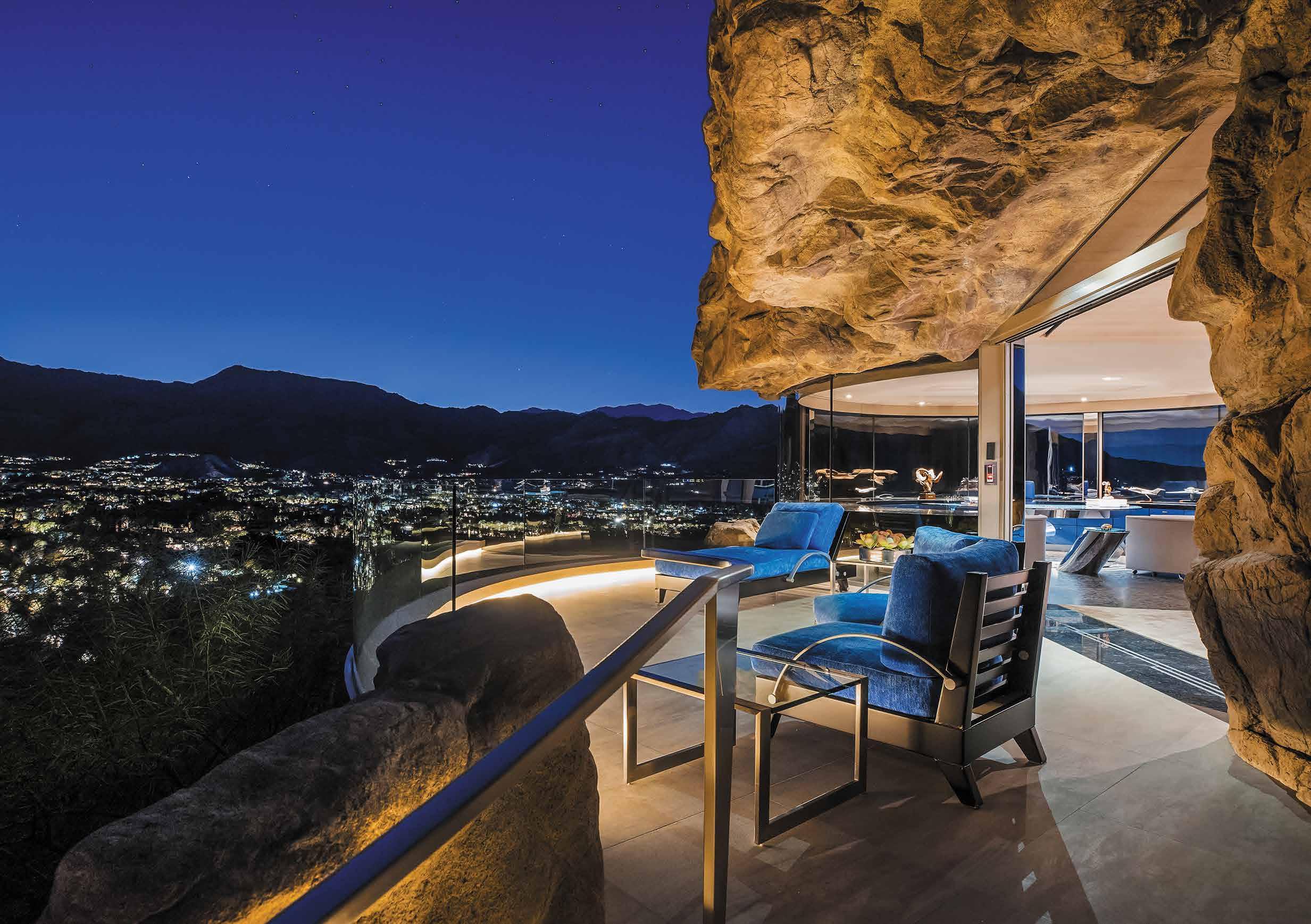
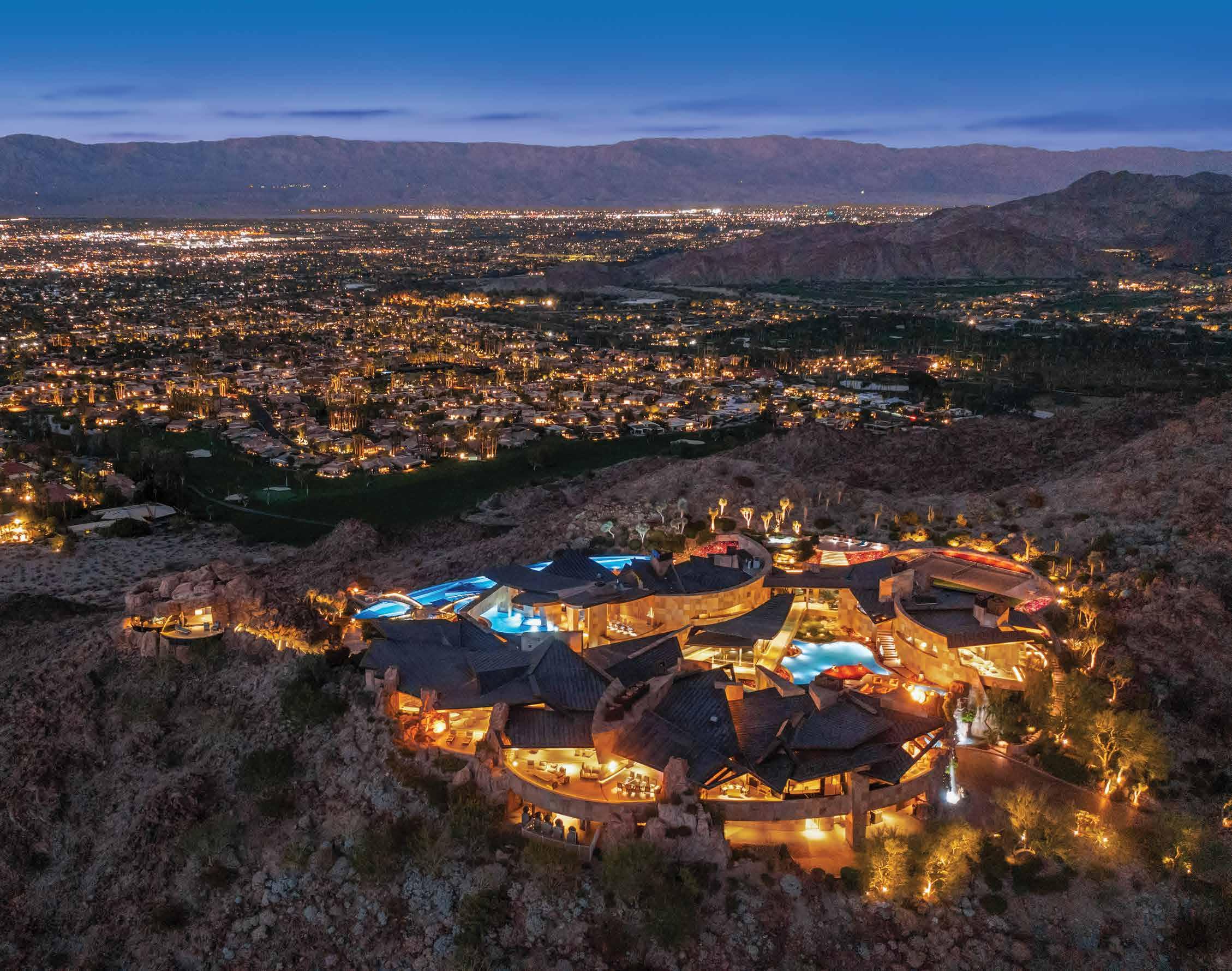
The house is now listed for sale at $59 million. “The asking price has set a record for Coachella Valley,” says Broker Associate Lorna Ball of BIGHORN Properties. “When it sells anywhere near that, it will also set a record.”
Dreier was no stranger to BIGHORN, having done numerous contemporary estates in the community before the Hagadone residence, including a spectacular abode for the late Hollywood producer Jerry Weintraub. As the son of Swiss-born modernist Eduard Dreier, who spent much of his career designing Miesian-influenced homes in his adopted state of Utah, Dreier’s aesthetic was organic, sculptural, opulent and often tinged with a sense of futuristic fantasy. Dreier’s projects took him far afield, from beach estates in Hawaii to palaces in Saudi Arabia.


For Hagadone, who passed away in 2021, Dreier studied the hillside property intently to determine the home’s siting. “Duane put up a weather station on the lot,” Ball points out. “He and Guy tracked the temperature and the breezes, and all that went into the design.”
Dreier developed a 20,000-square-foot design for the three-bedroom main house and the four-bedroom guest quarters, all interconnected by a series of patios, water features and a ship-shaped main pool, totaling 32,000 square-feet under roof. Curves, angles and expansive spaces are key features of the design, while the materials include copper and titanium for the roofs, Panther slate walls, wood-clad ceilings and French limestone flooring.
“This house is not an Albert Frey Mid-Century Modern house,” says Ball, referring to the noted Palm Springs modernist. “I would call this a ‘desert contemporary.’ It’s unique, almost as if the earth gave birth to this house.”
As with most of his projects, Dreier handled the interiors, specifying custom carpeting, furnishings and cabinetry—right down to the
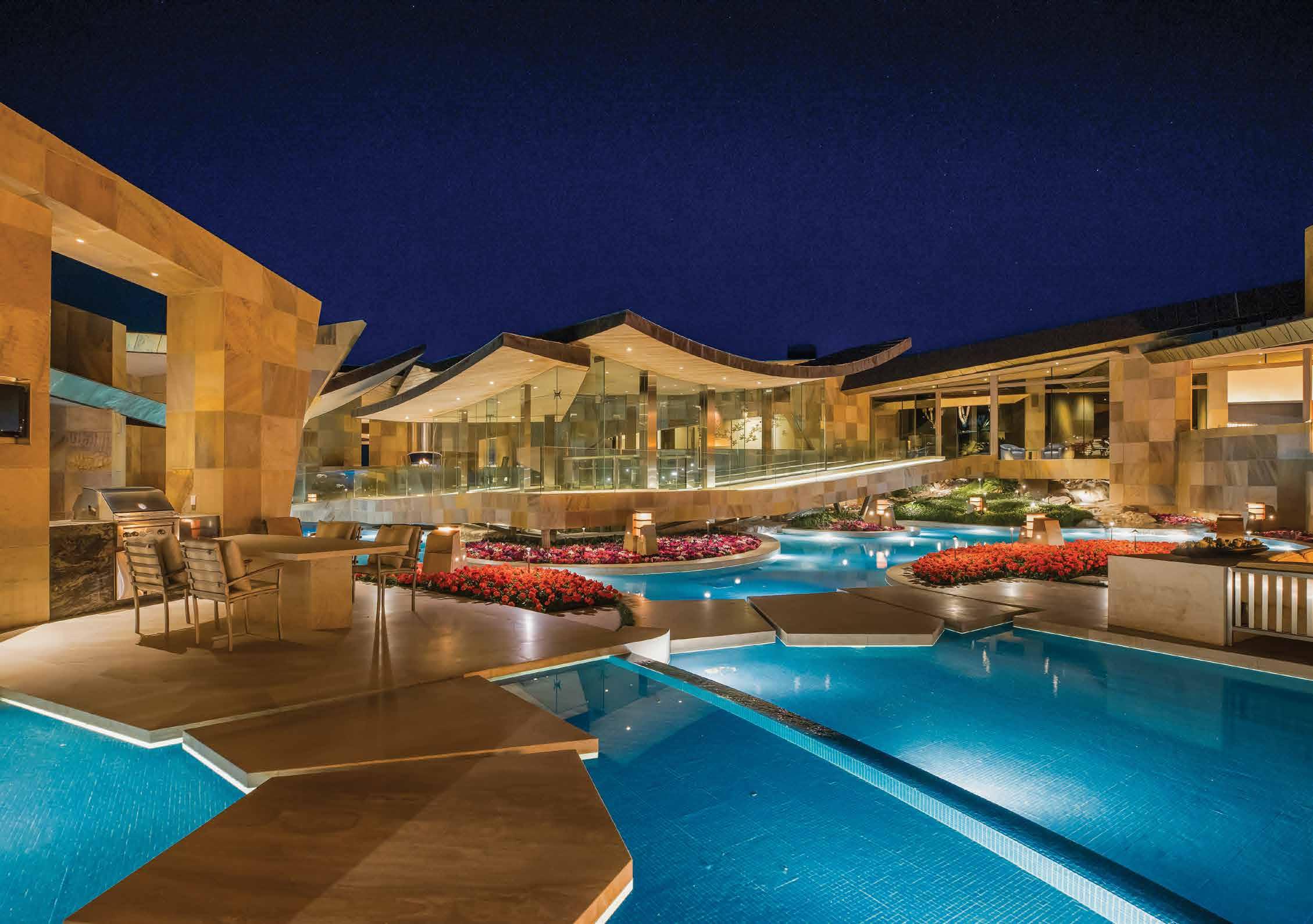

hardware—and designed the landscape. The shark tank, part of a hallway that includes two vertical fish tanks, is just one of many extraordinary details that Dreier created. The main entrance to the house is via the lower-level auto court, where visitors are greeted by Dale Chihuly-inspired sculptures, and take a glass lift to the main level. The office, a separate structure, is a James Bond-inspired circular space, set into the hillside, with faux rock walls created by the same engineers who created Disney’s Matterhorn.
Dreier and Hagadone went on to collaborate on other projects, having discovered a shared vision for designs.
“Even though this house is spectacular, the brilliant thing about it is that it is very livable,” Ball notes. “The main level has just the primary suite and one guest suite, while the guest house is separate for privacy. Of course, it’s great for entertaining, with a lower-level catering


kitchen and office. I’ve personally been up there for fundraisers and other events, and everything flows smoothly from inside to out.”
The house is being sold by the current owner, an aficionado of Dreier’s architecture, who purchased it from the Hagadone estate. “The present owner thinks of himself as a steward of the house,” Ball says. “He’s very respectful of everything that Guy did, and has improved upon it by updating some of the systems and replacing fabrics that had worn out. It’s being sold furnished because everything is specific and was created custom for the home. The owner wants to make sure the buyer continues to respect the design legacy.”
Ball’s favorite time of day to see the house is toward sunset, when the inside starts to glow like a lantern on the hill and the sun hits the titanium fascia on the roofline, “It looks like house jewelry,” she describes. “I love bringing people here and seeing the look of awe on their faces when they step inside. It takes a while to absorb it all.”

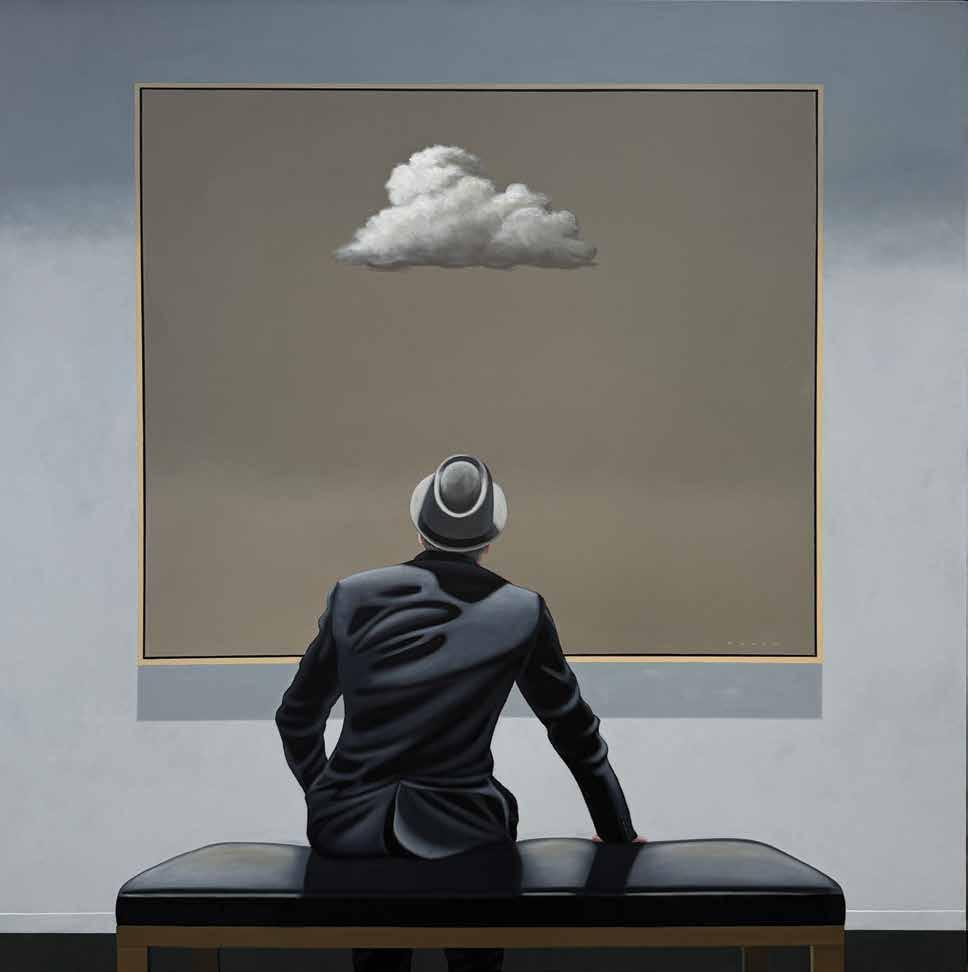
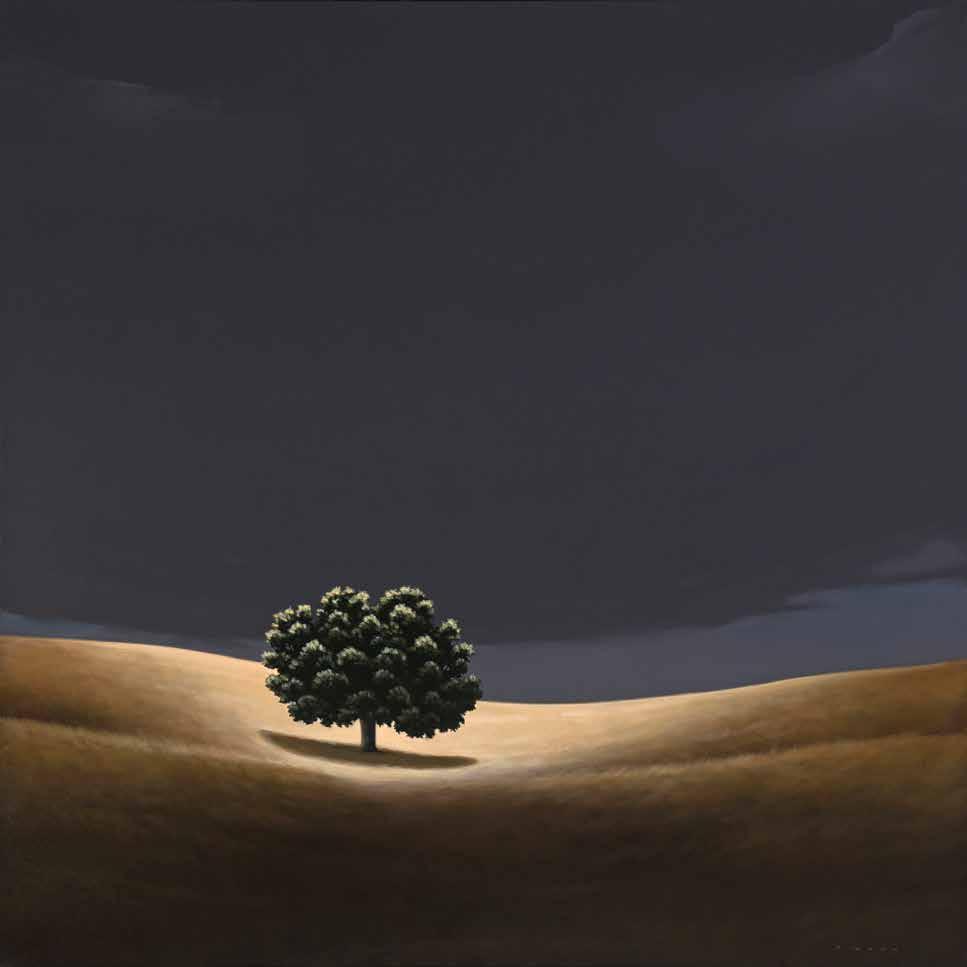

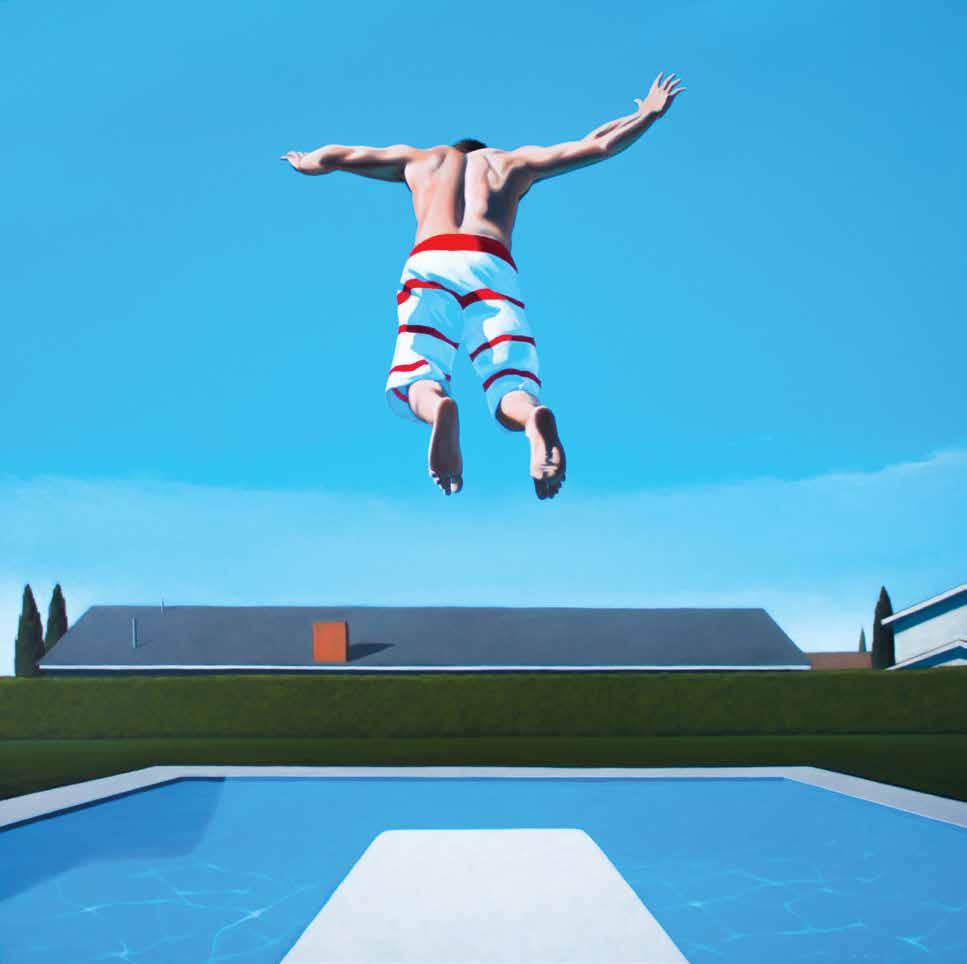
By Amalie Rhebeck
Minimalism with a twist is what makes Jamie Perry’s art so remarkable. “Just One Bite,” where a French Bulldog sits patiently across from a box of donuts, is an idyllic example of how Perry’s work bubbles over with emotion and a bit of humor while still upholding the clean lines and simplicity that minimalistic art is known for.
Perry’s journey into creating fine art was not like most. Although he had been drawn to art and painting from a young age, his first professional job was in stunt work. After training and working as a stuntman for 15 years, Perry decided to switch from thrill-seeking car chases to commercial art.
“I covered pretty much everything [as a stuntman]: cars, motorcycles, falls, fires and fights, and then as I
got a little older, I realized that getting beat up, bruised and broken isn’t the best way to go,” he remarks. “I ventured into illustration doing commercial artwork, but after working so long on pieces and then having an art director tell you that you need to change things–after putting 50 hours of work on it, or more–I decided to go into fine art.”
When Perry first set forth into the fine art space, he was drawn to the simplicity of clean lines and scenery. He fondly remembers a cross-country road trip significantly shaping his artistic direction toward minimalist landscape painting.
“I had taken a trip to my grandparents’ house in Arkansas by car, so I was driving across Texas, where you see nothing but flat land, and maybe every once in a while a little house or trees,” Perry remembers. “I was







drawn to the simplicity of that landscape, and I said, ‘I’m going to try painting this but with really dramatic stormy skies and a little spot of light on these little dwellings and trees.’”
Unveiling his art at his first show in Lake Tahoe, Nev., in 1998 led him to be picked up by Palm Desert’s ICONIC CODA Gallery a year later.
Perry continues to create art that is minimalistic in style, but saturated with emotion.
“I sometimes use a little bit of humor, although it’s very subtle, in some of the pieces. I always say if I can bring a smile to someone’s face, a look of bewilderment, or even a laugh or a tear, then I think I’ve done my job,” Perry says. “Some of my art can be serious, but I would say I try to put humor in some pieces because that’s more my personality.”
Often identifiable by featuring subjects adorned in traditional 1930s and 1940s clothing, Perry’s art is a tribute to his minimalistic style, his surroundings and the inspiration he finds around him.
“The current vintage pieces I have usually include a man in vintage attire. I got the idea for those from my grandfather, who had a collection of photographs of himself from the 1930s. He was always really dressed up in these nice suits and fedoras, and I think I was drawn to that look,” Perry says.
To Perry, art is all about finding the seamless blend between evolution and maintaining personal style– a balance that some artists can spend their entire lives striving to achieve.
“I try to evolve a little bit over time. I think I’ll always do figurative work, but there’s been a renewed interest in landscapes, so I’m kind of going back to very simplistic landscapes,” Perry says. “I put a lot more work into them nowadays. I think I wasn’t sure, back in the day when I was starting, how perfect they had to be, so now I’m putting more time into the landscapes, and I think it shows.”
Perry’s art is currently featured in the CODA Gallery in Palm Desert and CK Contemporary in San Francisco.

By Teana Wagner
Photography by Public 311 Design
High above the desert landscape in Palm Springs, the La Mirada project, led by interior designer Christopher Kennedy, embodies a timeless sense of elegance infused with a refreshingly contemporary soul. With crisp lines and expansive glass, the home’s architecture makes a bold impression. At the same time, the interiors are thoughtfully layered with natural textures, local art, subtle nods to mid-century style, and soft, sculptural furnishings that bring warmth and comfort.
The designer describes the house as expansive and stark in its original state. “Everything we brought in, we just wanted to add texture. So all the chairs—whether it’s the fabrics or the bodies of them—have great texture.”
Kennedy, who has practiced design in Palm Springs for two decades, was brought into the project early on. The homeowners, based in Seattle, wanted a fresh, neutral look that avoided traditional Palm Springs style. “They weren’t really interested in any kind of Palm Springs clichés,” Kennedy remarks.
Their personal story added another layer of intention. “It’s a second marriage for both of them, and they were high school sweethearts who then sort of went their separate ways and reconnected later in life,” Kennedy says. “It’s their first home together, which was really fun to do for them.”




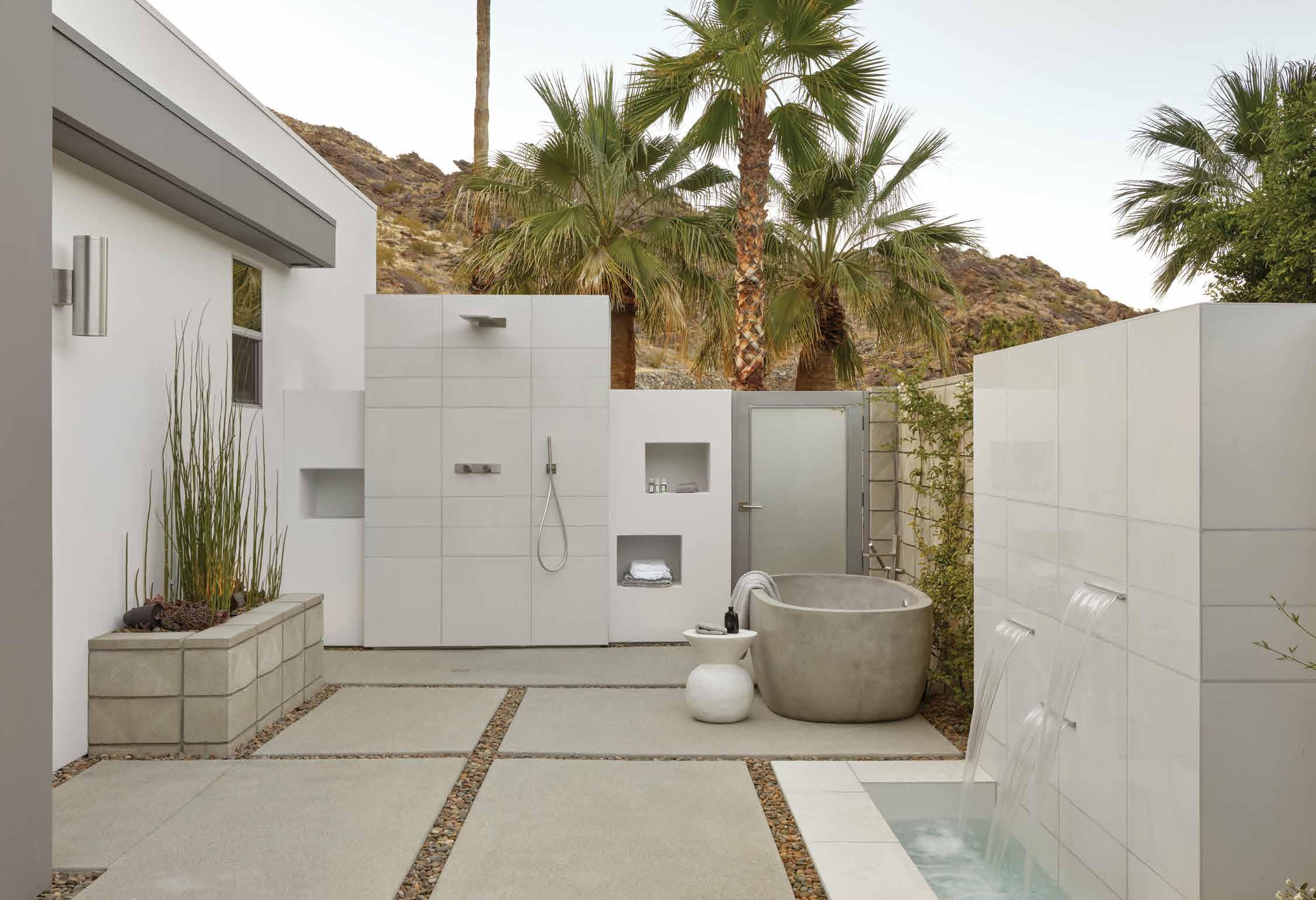
The directive of the home was nuanced: contemporary, textural and fashionforward. “The wife is very interested in fashion,” the designer says. “Some of the fabrics selected are fashionable— almost Chanel-like, with different tweeds and weaves.”
The project presented a challenge in scale, particularly in the expansive primary suite. “There’s a 10-foot sofa,” Kennedy says. “We added the fluted wall to incorporate one more layer of texture. And then we added a wrap-around bed—to make it cozy.” Together, these thoughtful layers—grand
in proportion and rich in texture—helped humanize the space, transforming its vastness into an intimate and intentional sanctuary.
The designer’s attention to balance between grand scale and human warmth is a consistent theme throughout the 5,000-square-foot property.
“It’s one of those large contemporary open floor plans where you have the living room, the dining room and the kitchen all within one big space,” Kennedy explains. “Even though it’s a large house, it sort of lives intimately just for the two of them.”

Though the public areas are kept deliberately neutral, the guest bedrooms embrace more specific identities. “She wanted one guest room to be blue,” Kennedy says of the client. “Like the dusty blue of an old denim jacket or old linen book covers. She wanted the other guest room to be green, like the Johnny Carson green room.”
Kennedy took that brief literally. “If you ask me for a blue room, I’m going to make it blue. We’re going to have a blue bed, blue drapes and blue wallpaper. It comes across as restful because it is faded out and not too vibrant. It’s more enveloping.”
Art is an integral element of the home’s design. One of the home’s most distinctive elements is a custom mural by Palm Springs artist Lynda Keeler, painted in the casita that now serves as a cabana. “[The cabana] is open to the pool, so we treated it more like an indoor-outdoor space, so that when you walk in the front gate and look across the pool you get to see that mural,” Kennedy points out.
Rendered in soft, natural tones that echo the desert palette, the mural balances organic movement with graphic boldness. Abstract yet evocative, the piece employs sweeping




brushstrokes and earthy hues—think sand, stone and sun-faded clay—introducing a tactile softness that complements the home’s minimalist architecture.
“They really wanted to invest in pieces from local artists, which is wonderful,” Kennedy shares. A favorite piece—a woven sculpture found in a vintage shop—was purchased by the husband for his wife. “He called me and said, ‘Can we purchase and install that as a surprise?’”
The striking black woven textile sculpture hanging above the window serves as both artwork and an architectural element. The piece, by Jim Olarte, is sculptural in form and dramatic in hue against the mainly white backdrop. It is made from thick, textured rope intricately looped and knotted to create an elegant, almost kinetic silhouette.
Like its owners, the home’s spirit is deeply rooted in love and optimism. “I just wanted them to walk in and feel this great exhale, like it’s their favorite resort hotel that they have the good pleasure and good fortune to call their own,” Kennedy says.
La Mirada is more than just a house; it’s a harmonious blend of refinement and richness, where every texture, tone and form is carefully chosen. This creates a home that feels deeply personal and timelessly modern in a landscape of palm-lined skies.
BUILDER & DEVELOPER Temple
Construction. ARCHITECT Robert Tyler, RFT Design. INTERIOR DESIGNER Christopher Kennedy, Christopher Kennedy Inc. PHOTOGRAPHER Public 311 Design. LANDSCAPE DESIGNER Sasha Mondo, Desert Landscape Associates. CABINETS Allred Collaborative, Palm Springs. FLOORING Arizona Tile. COUNTERTOPS AND SHOWER SLABS Cambria.

A top destination on Europe’s Atlantic coast, Portugal is ideal for vacations or making it your new home.
By David Rubin
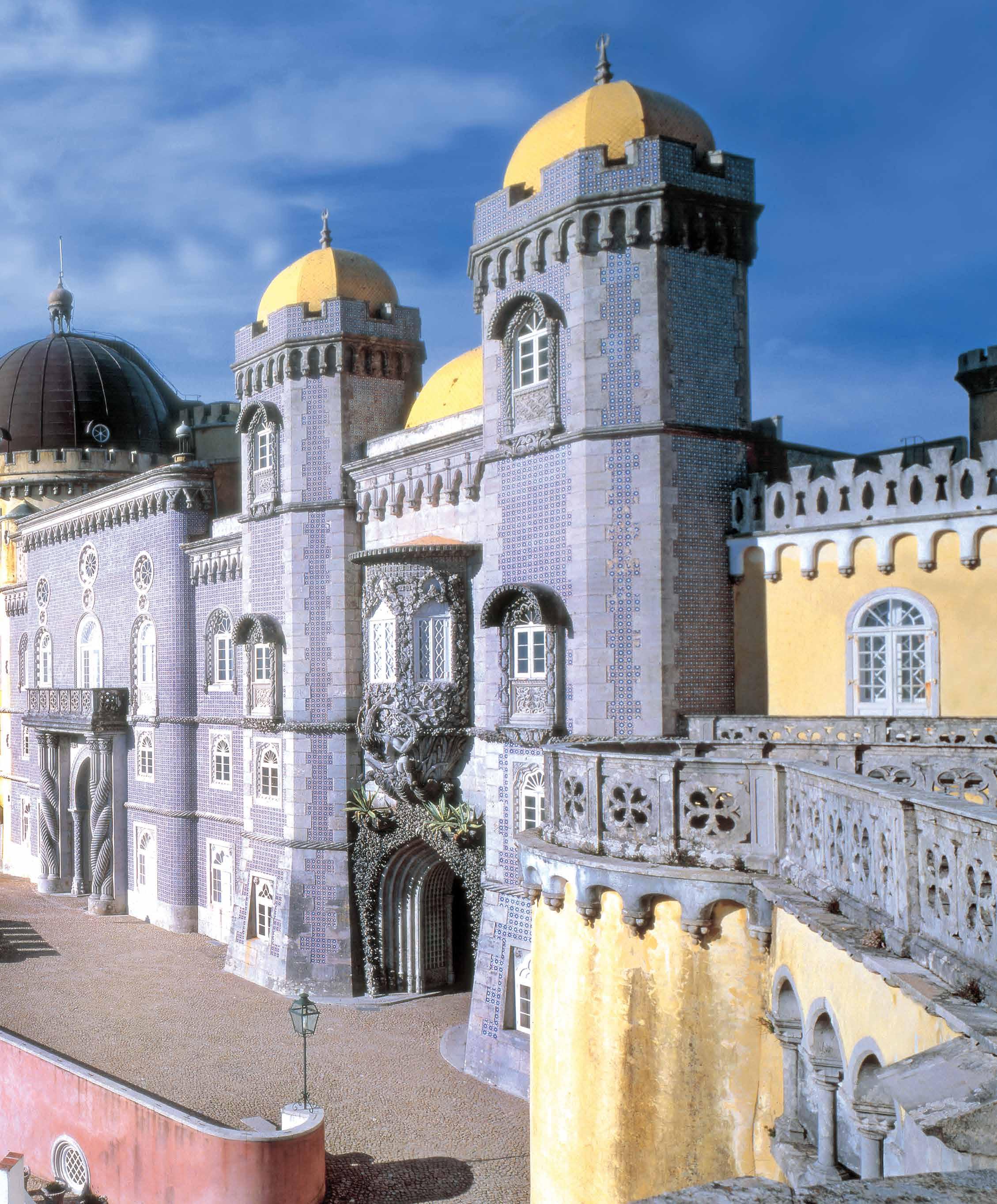
Welcome to Portugal, a country that is a blend of old and new Europe. With its rich history, vibrant culture and stunning landscapes, Portugal is where tradition and contemporary life blend seamlessly. From the Douro Valley to the Algarve coast, you will find a mix of rugged coastlines, historic sites and modern style.
Portugal’s popularity has grown among expats, digital nomads and retirees from the U.S., Brazil and other European countries. If I were considering living in Europe, I would consider Portugal a viable option. The country’s mild climate, beautiful beaches, relaxed lifestyle, moderate cost of living, favorable tax and visa programs and welcoming attitude towards foreigners are major draws. Portugal tends to be an accepting and laid-back society, where people can live and express themselves freely.
Whether you’re looking to slow down or explore new cultures, Portugal’s diverse regions—from cities to coastal towns—offer something for everyone. Additionally, DavidTravel has great local experts and friends who can connect you with others in Portugal and worldwide.
Porto is a lovely city offering a relaxed atmosphere, excellent cuisine and affordable living. Many are moving here from all over the world. Its center is a maze of narrow streets, charming alleys and impressive architecture, with the ICONIC Luís I Bridge offering breathtaking views of the Douro River.
São Bento Station, one of the city’s main train stations with historic tilework, has become a fun culinary and wine bar hangout. It features the Time Out Market and a wide range of Portuguese cuisine by top chefs. Be sure to try some of Porto’s famous dishes, such as bacalhau à brás and francesinha.
The city’s nightlife is another major draw, with many bars, clubs and live music venues to explore. Porto is also renowned for its rich history and cultural heritage, boasting many museums and historical sites, including the Porto Cathedral and the Church of São Francisco.
The Douro Valley is a majestic region that stretches as far as the eye can see. Rolling hills, vineyards and picturesque villages make it a haven for nature lovers and wine enthusiasts. Stay at the luxurious Six Senses Hotel Douro Valley to enjoy spa treatments, fine cuisine and being pampered. Visit some of the region’s renowned vineyards to indulge in wine and olive oil tastings. Take an afternoon scenic boat tour along the Douro River and hike through the stunning hillside. The Douro Valley is also home to many villages, such as Peso da Régua and Lamego, offering a glimpse into traditional Portuguese life.
NOTE: It’s about a two-hour drive from Porto to the Douro Valley.




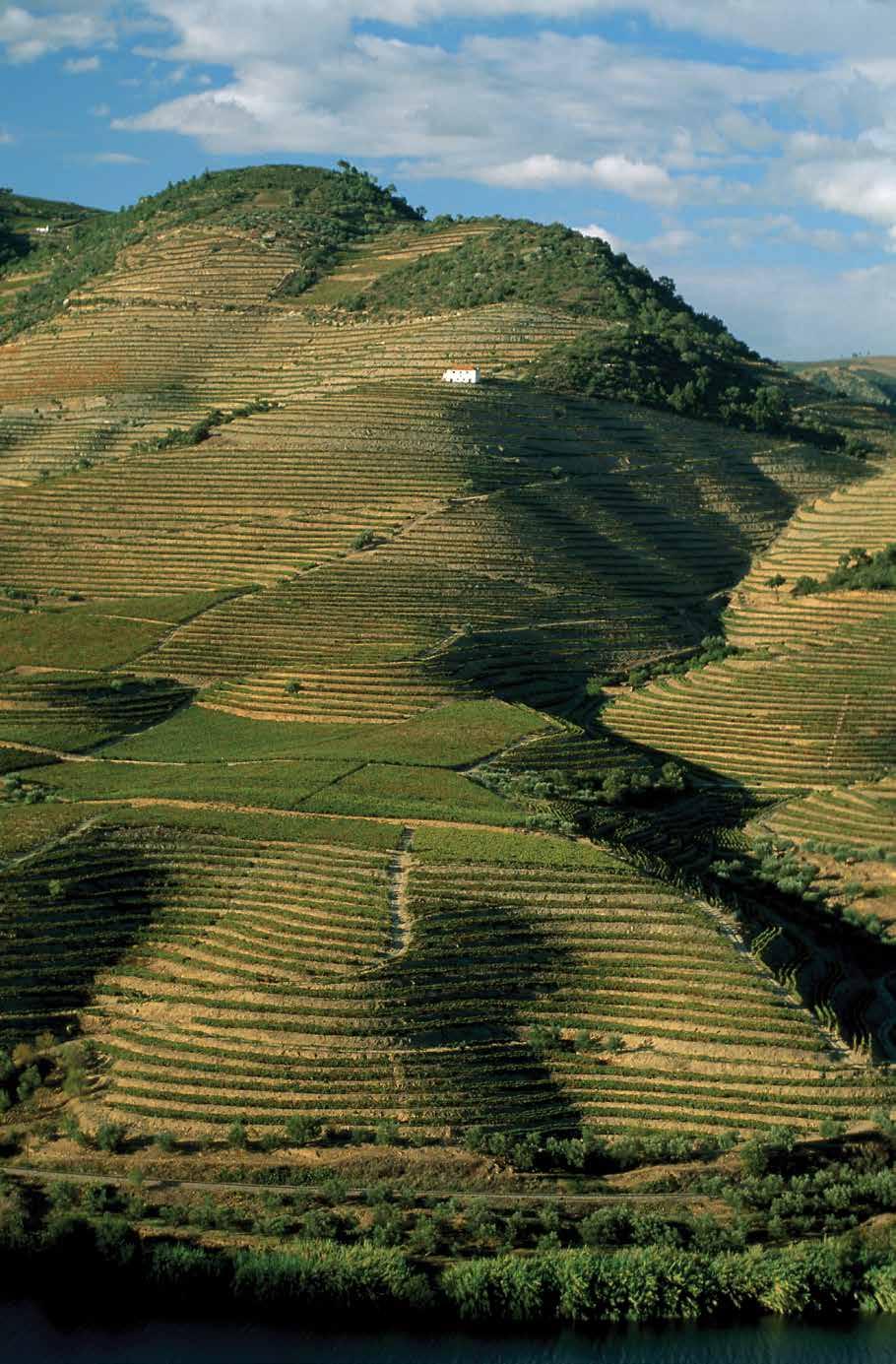



Coimbra is a fun and energetic city. It is also home to the University of Coimbra, one of Europe’s oldest universities, founded in 1290 and designated a UNESCO World Heritage Site. With its student population, the city offers a unique blend of academic and cultural activities, making it an ideal place to experience Portugal’s youthful energy and enjoy its vibrant nightlife. Explore streets, old buildings and the dramatic Biblioteca Joanina, a magnificent Baroque library built in the 18th century.
A popular destination for families to relax and learn about Portuguese culture and history is at the theme park, Portugal dos Pequenitos. Conceived in 1938 by Fernando Bissaya Barreto and designed by Cassiano Branco, it features a miniature representation of Portugal’s monuments and buildings. Explore the gardens, snap photos with the tiny buildings and enjoy the park.
NOTE: It’s about an hour’s drive from Porto to Coimbra.
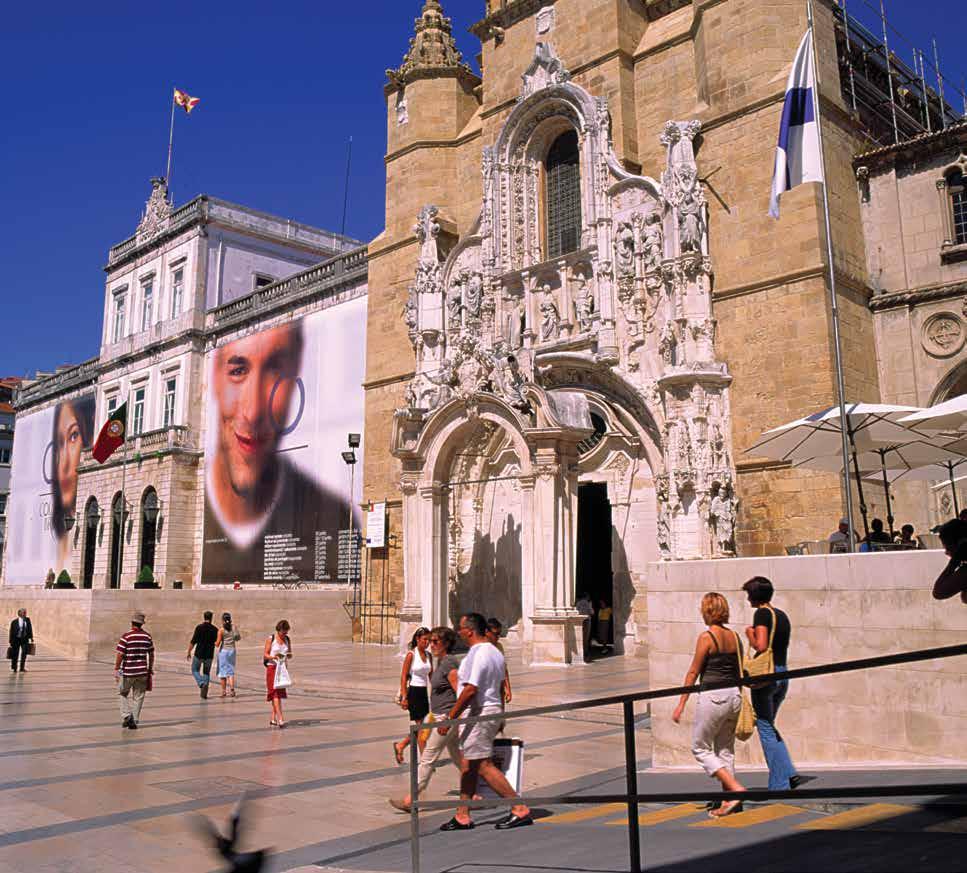
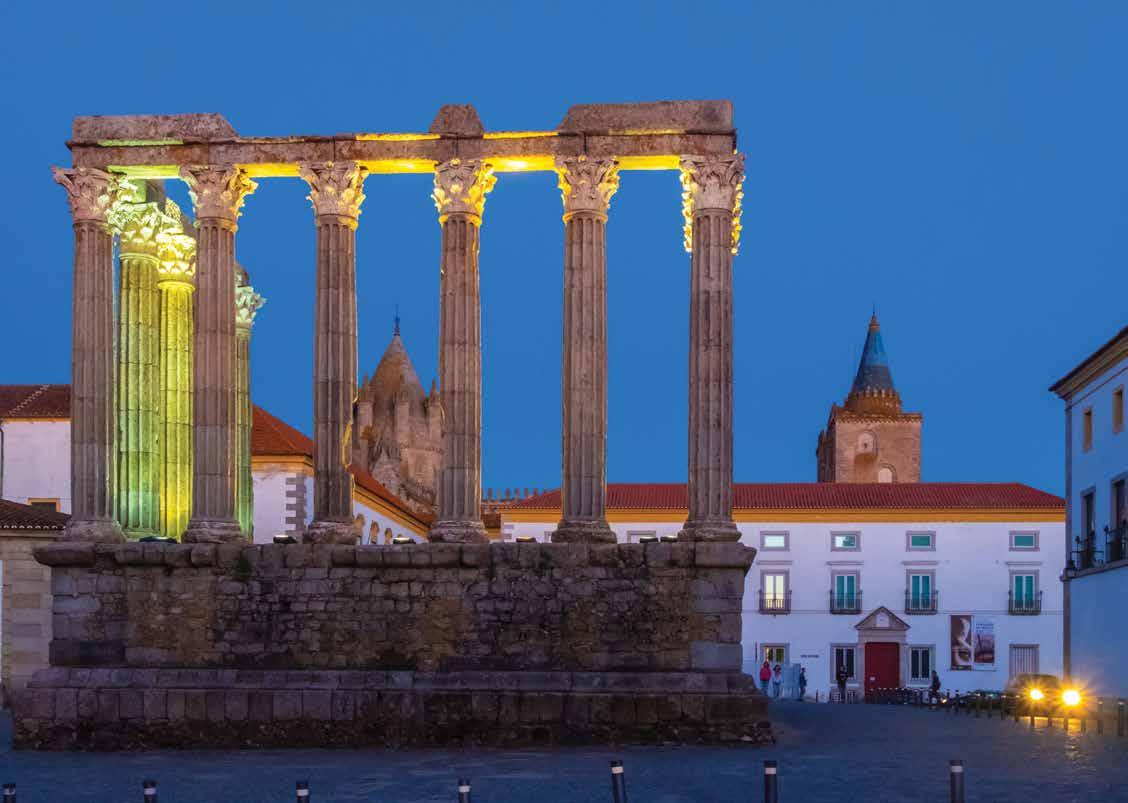
Évora is a captivating city that will transport you back in time. Wander through the narrow streets of the city’s center—a UNESCO World Heritage Site—and discover the Roman ruins, Gothic architecture, the macabre Chapel of Bones, and the Cromeleque dos Almendres, a mysterious megalithic site. Visit the Évora Museum, a treasure trove of art, history and culture housed in a 16th-century archbishop’s palace adjacent to the Évora Cathedral.
The museum showcases more than 20,000 pieces, including Roman sculptures, Visigothic and medieval artifacts, Episcopal furnishings and Portuguese and Flemish paintings. One of the museum’s highlights is the “Life of the Virgin” series, a 13-panel retable depicting the life of the Virgin Mary, created by unknown artists from the Bruges School in the mid-15th century.
NOTE: It’s about a 2.5-hour drive from Coimbra to Évora.
A “Best of the Best” recommended itinerary (The duration of your stay and itinerary can be customized to fit your timeline and preferences):
1. 4-6 nights in Porto at InterContinental Hotel PortoPalacio das Cardosas, Hospes Infante Sagres Porto, Hotel NH Collection Porto Batalha, Maison Albar - Le Monumental Palace, Pestana Palacio do Freixo, Torel 1884 Suites, Apartments or Torel Palace Porto
2. 3-4 nights in the Douro Valley at Octant Hotels Douro or Six Senses Douro Valley
3. 2-3 nights in Coimbra at Quinta das Lagrimas
4. 2-3 nights in Evora at Convento do Espinheiro or Pousada Convento de Evora
5. 2-3 nights in Arrabida at Hotel Casa Palmela
6. 3-4 nights in the Comporta area at AlmaLusa Comporta, Quinta Da Comporta, Sublime Comporta or Vermelho by Christian Louboutin in Melides
7. 4-6 nights in Lisbon AlmaLusa Alfama, AlmaLusa Baixa – Chiado at Bairro Alto Hotel, Four Seasons Hotel Ritz Lisbon, H10 Duque de Loule, Olissippo Lapa Palace, Palácio Ludovice or The One Palácio da Anunciada
8. 3-6 nights in the Algarve region at Bela Vista Hotel & Spa, Conrad Algarve, Pine Cliffs Resort, Tivoli Marina Vilamoura Algarve Resort, Viceroy at Ombria Algarve, Vila Joya, Vila Vita Parc or W Algarve

The Arrábida Natural Park is a nature lover’s paradise, featuring crystal-clear waters, golden beaches and lush forests. The park includes a mix of terrestrial and marine ecosystems with cliffs, beaches, forests and scrublands. Take a boat tour to explore the park’s wild coastline, snorkel in the protected marine reserve, or hike the scenic trails. Do not miss the ICONIC Portinho da Arrábida, a lovely beach nestled among towering cliffs. Other great beaches include Galapos and Praia da Figueirinha.
NOTE: It’s about a 1.5-hour drive from Évora to Arrábida.
Comporta has become a chic destination, attracting visitors with its pristine beaches, luxury resorts and laid-back atmosphere. The Vermelho Hotel by Christian Louboutin in Melides is a standout, showcasing a design-centric approach with stylish accommodations and a unique aesthetic.
Relax in style and take in the city’s serene surroundings. Enjoy a boat tour or kayak through the Sado Estuary and spot dolphins and other marine life. Comporta is also known for its vibrant art scene, featuring numerous galleries and studios showcasing local artists’ work.
NOTE: It’s about a one-hour drive from Arrábida to Comporta.
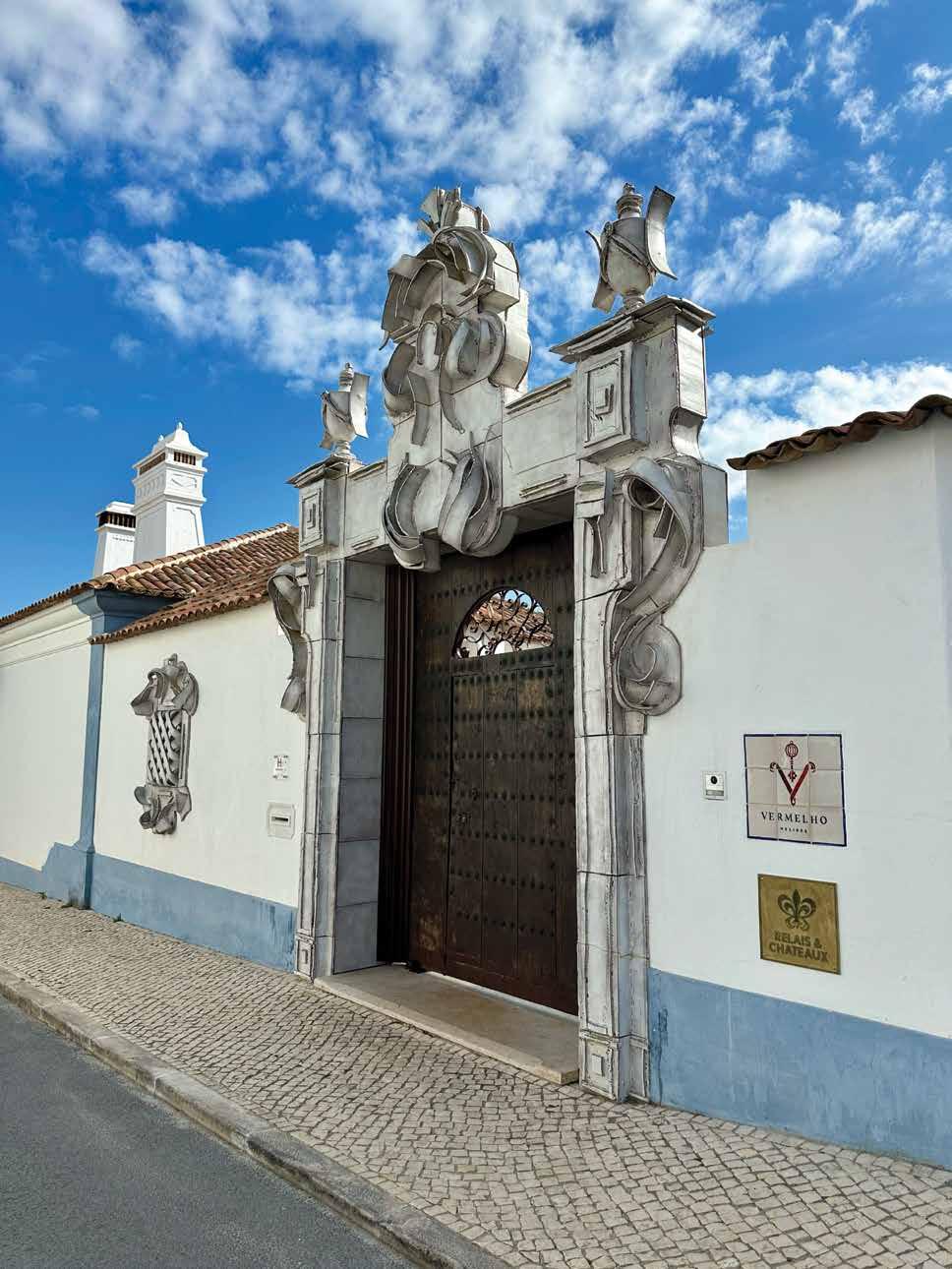


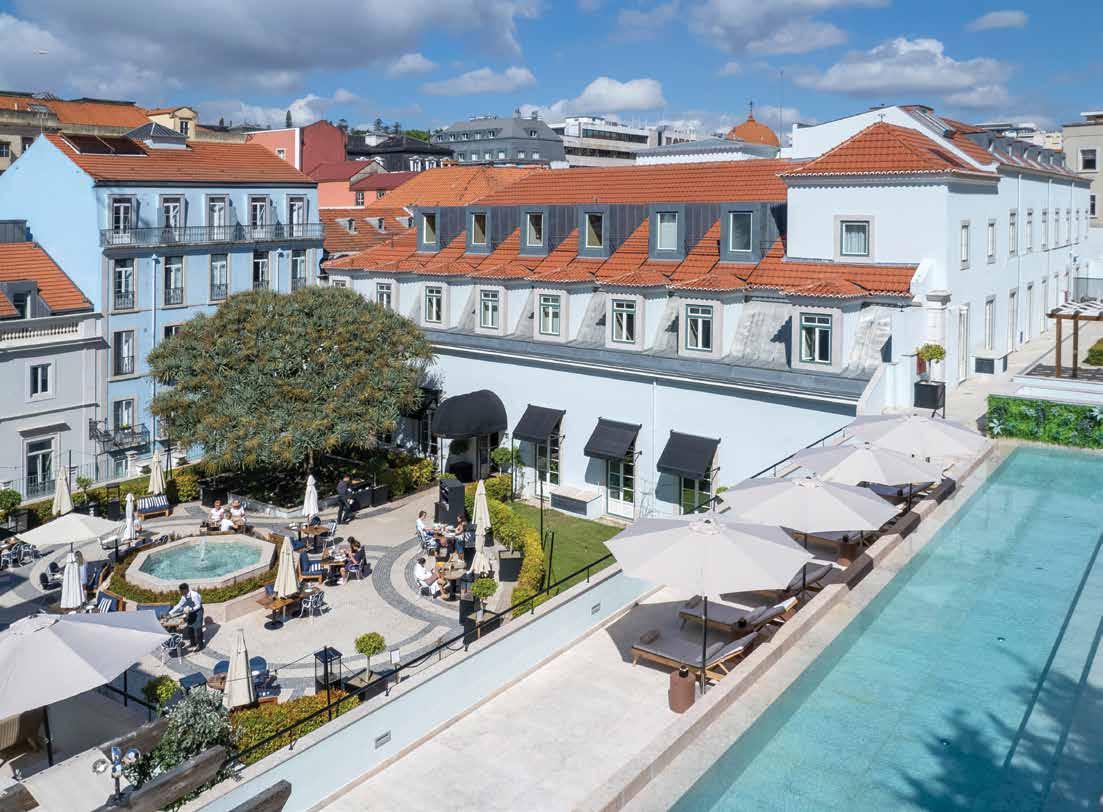
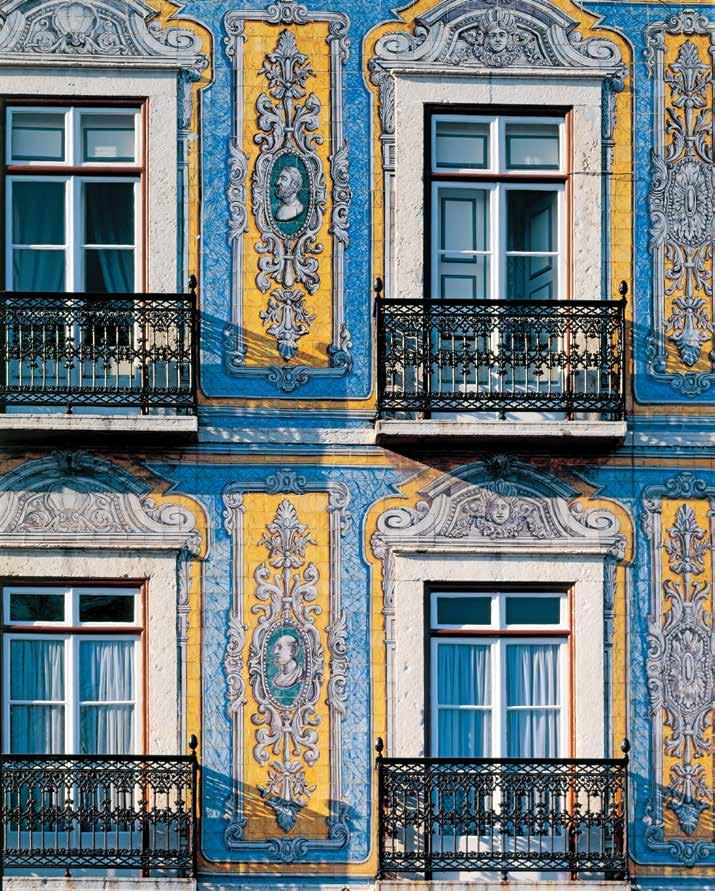
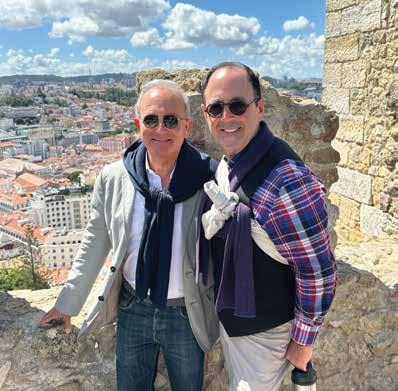
Lisbon is Portugal’s capital and largest city and is the country’s primary cultural, economic and political hub. It’s a city of grandeur and heritage that is alive with activity and vitality. Lisbon is home to many historical landmarks, museums and cultural institutions, blending the past and present through its historic neighborhoods, picturesque alleys and architecture. With its mild climate, coastal location and affordable cost of living, Lisbon is an attractive destination for travelers, and many are moving here, as well.
Explore the city’s architecture, including the Jeronimos Monastery and the Castle of São Jorge. Take a ride on the historic Tram 28 and visit the quaint, cobblestone streets of the old Alfama neighborhood, where Fado music and shops await discovery. The surrounding region also offers many exciting day-trip options, including the fairytale-like town of Sintra, with its palaces and castles. Plus, an easy 35 to 45-minute commuter train will take you to Cascais and Estoril’s lovely coastal beach towns.


A donation to the Portuguese Association for Victim Support (APAV) supports programs to assist victims of crime and violence. Founded in 1990, this non-profit organization provides confidential, qualified and free support services to victims throughout Portugal, including victims of gender and domestic violence. Its CARE program offers specialized support for child victims of sexual violence. APAV’s teams consist of volunteers and counselors who provide victims with information, support and guidance. The programs also promote skills for establishing positive relationships based on equality, non-violence and respect.

Donate today at apav.pt

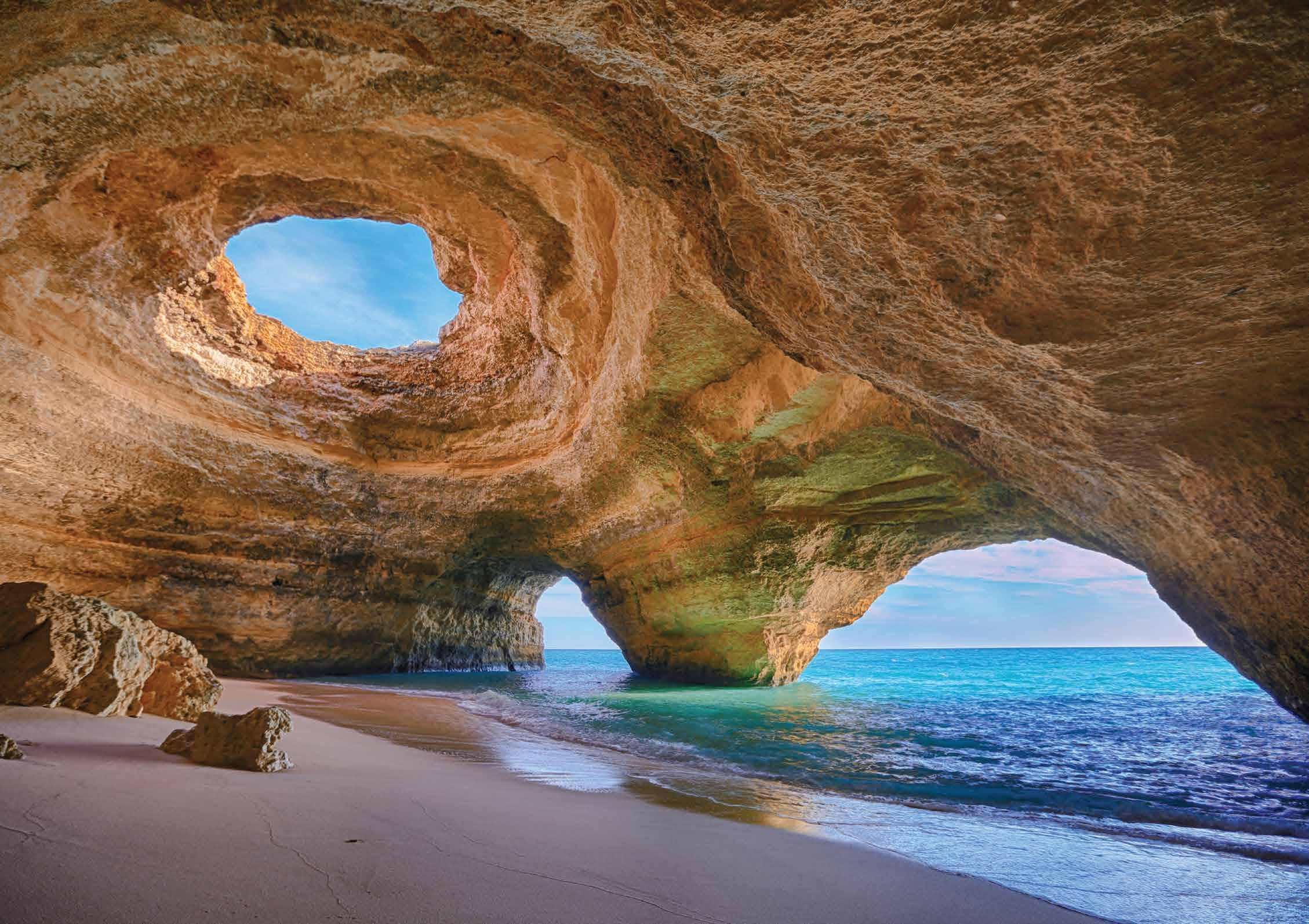

When seeking to complete your journey with relaxing beach time, consider including the Algarve. The Algarve region is a paradise of sun and sea with dramatic rock formations, golden beaches and turquoise waters. For years, it has been a popular retirement destination, especially for Europeans.
Take a boat tour or hike the trails and marvel at the views. Visit the historic town of Sagres, known for its rich maritime history and breathtaking natural beauty. The town boasts steep cliffs, excellent beaches and a windswept fortress, built by Prince Henry the Navigator in the 15th century.
NOTE: It’s about a three-hour drive from Lisbon to the Algarve.


As you bid farewell to Portugal, the memories of its sun-kissed landscapes, rich history and warm hospitality will linger. The rhythms of Fado music, the flavors of traditional cuisine and the beauty of its architecture will stay with you, a testament to the country’s enduring charm and allure.
To book your business and leisure travels worldwide, call on David Rubin and his team at DavidTravel. In 1996, David moved from a successful law practice, followed a deep passion for travel, and launched his travel company. For more than two decades, David has been on both the Travel + Leisure Magazine “A-List” and the Conde Nast Traveler Magazine “Specialist List” of the best travel advisors in the world. DavidTravel delivers unparalleled style, attention to detail and insider access, uniquely responding to each client’s goals, budget, interests and dreams. Request@DavidTravel.com. www.DavidTravel.com.








The alluring beauty of stained glass and its centuries-old history.
By Amalie Rhebeck
Casting shadows and iridescent light, stained-glass artistry is a detailed expression of emotion, color and, most importantly– storytelling. Although the earliest origins of this art are unclear, with some sources attributing its creation to the ancient Egyptians and Romans, who were known for using colored-glass to create hued vases and intricate beads, the earliest stained-glass window panes appeared in European churches in the Early Middle Ages.
Arguably most associated with the opulence and splendor of gothic cathedral architecture, stained glass in the Middle Ages offered picturesque and spiritual lessons for all who visited them. Even today, thousands of people flock to famous cathedrals, such as Notre Dame and Chartres Cathedral, to marvel at the towering architecture and intricate stained glass.
Considered a unique blend of symbolism and artistic expression, the delicacies of making stained glass in the Early Middle Ages required precision and unparalleled attention to detail. Starting with coloring the molten glass and then creating a full-scale outline of the piece, artists had to have an eye for detail. Through the painstaking process of cutting the glass, adding a design and assembling all the panes, they were able to create masterpieces that are still marveled at today.
Whether nestled in the walls of sacred cathedrals from centuries past or created through modern inspiration, stained glass invites viewers to experience the breathtaking beauty of fine art and the elaborate allure of storytelling.
by













